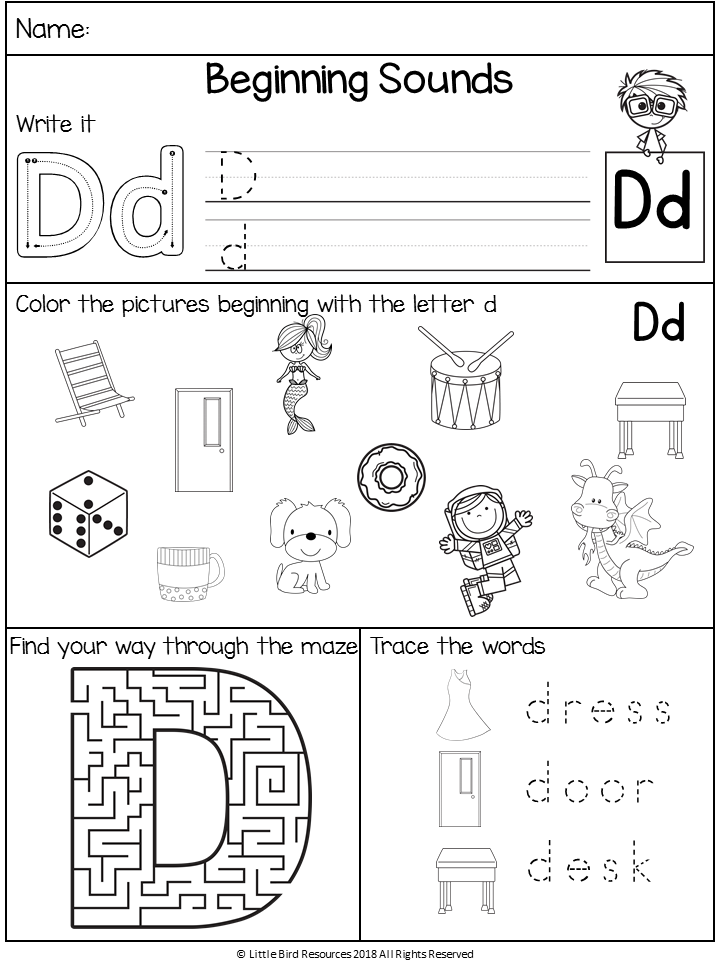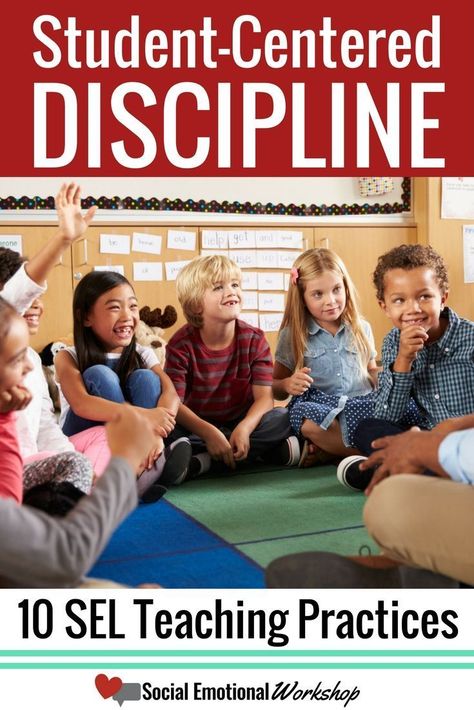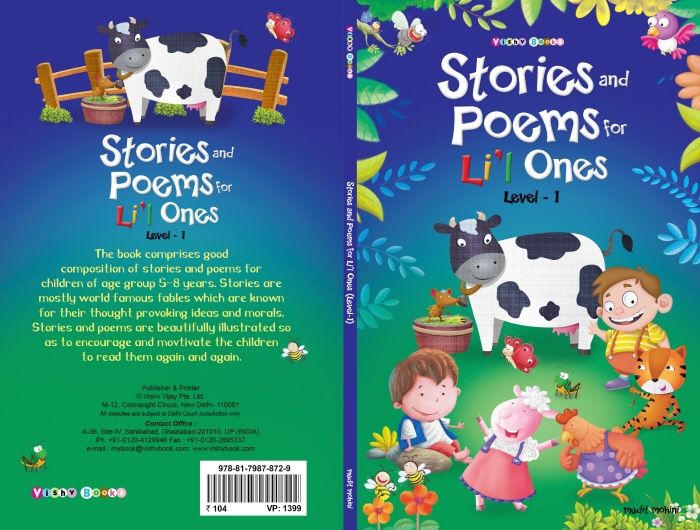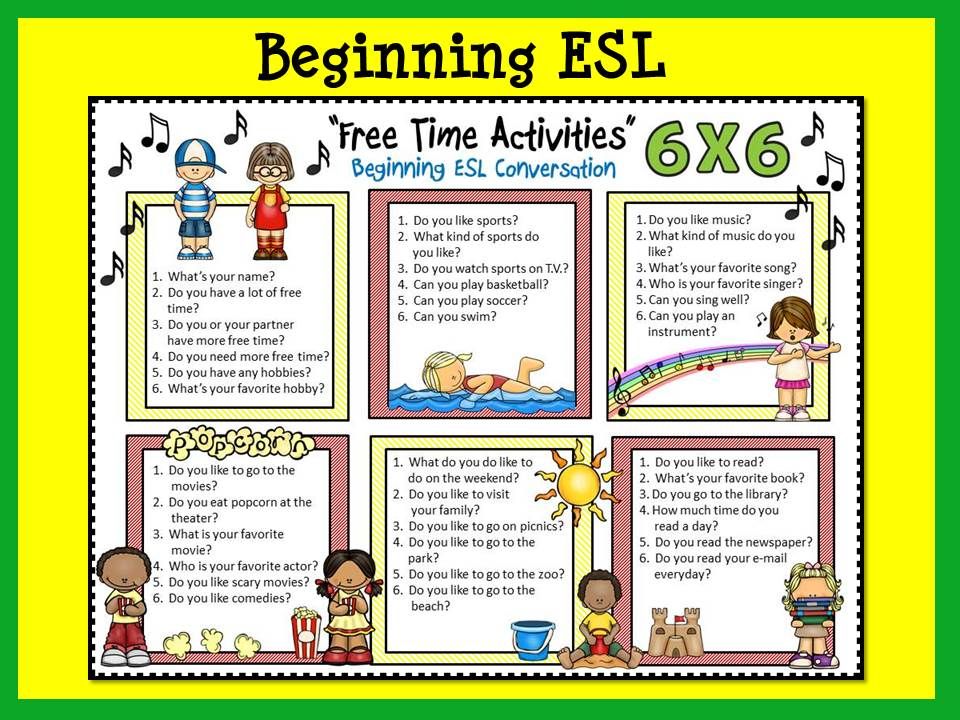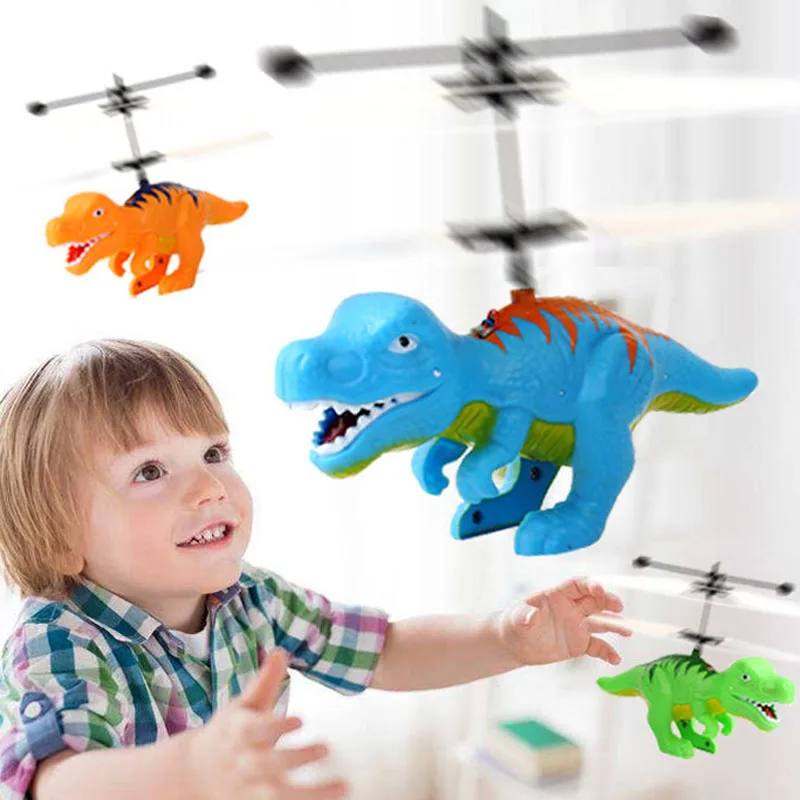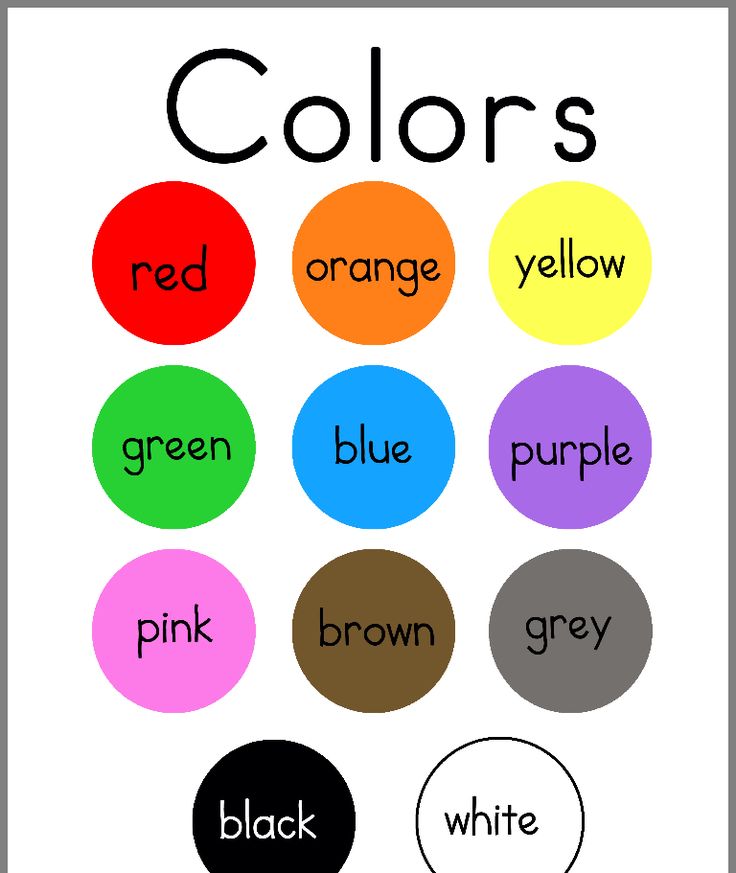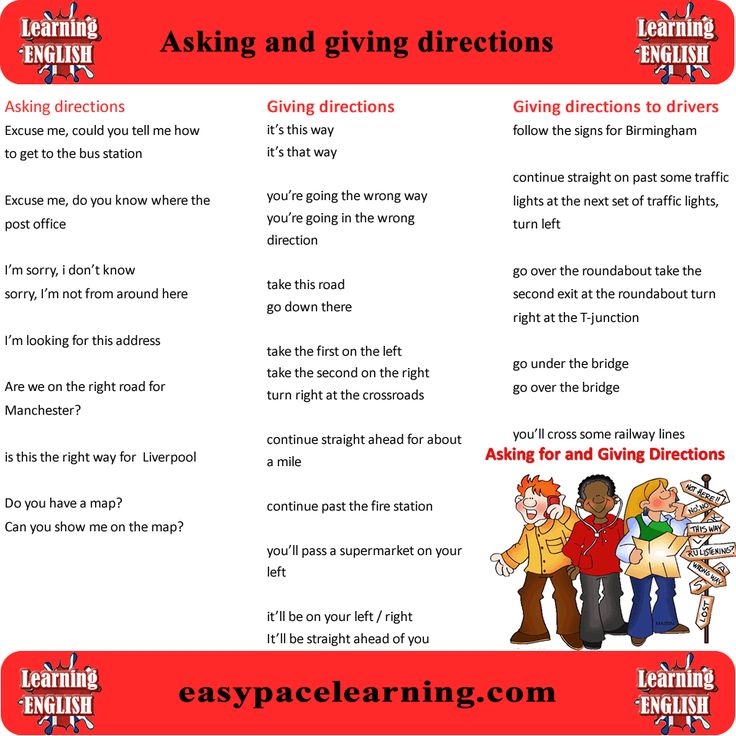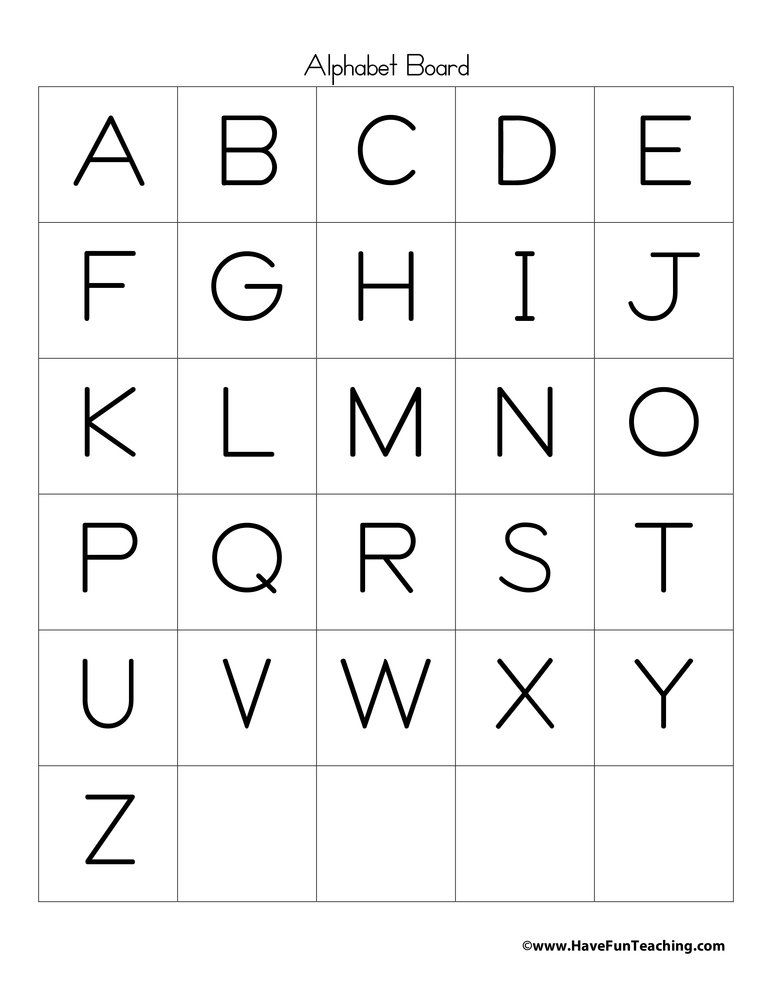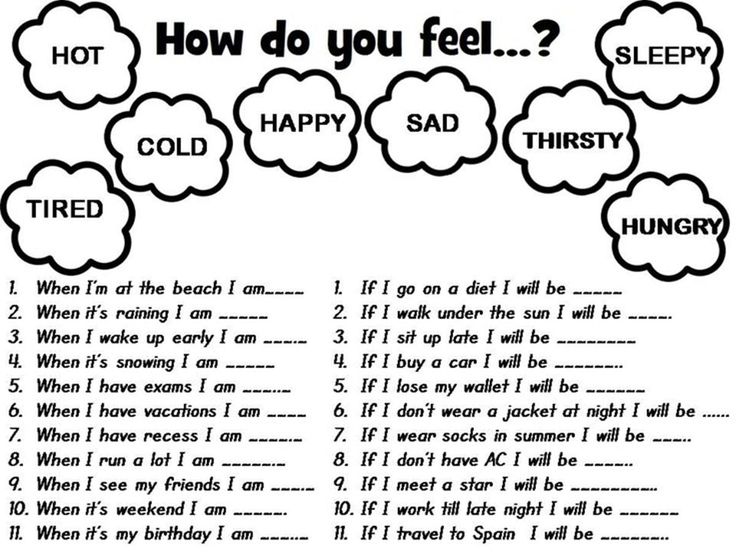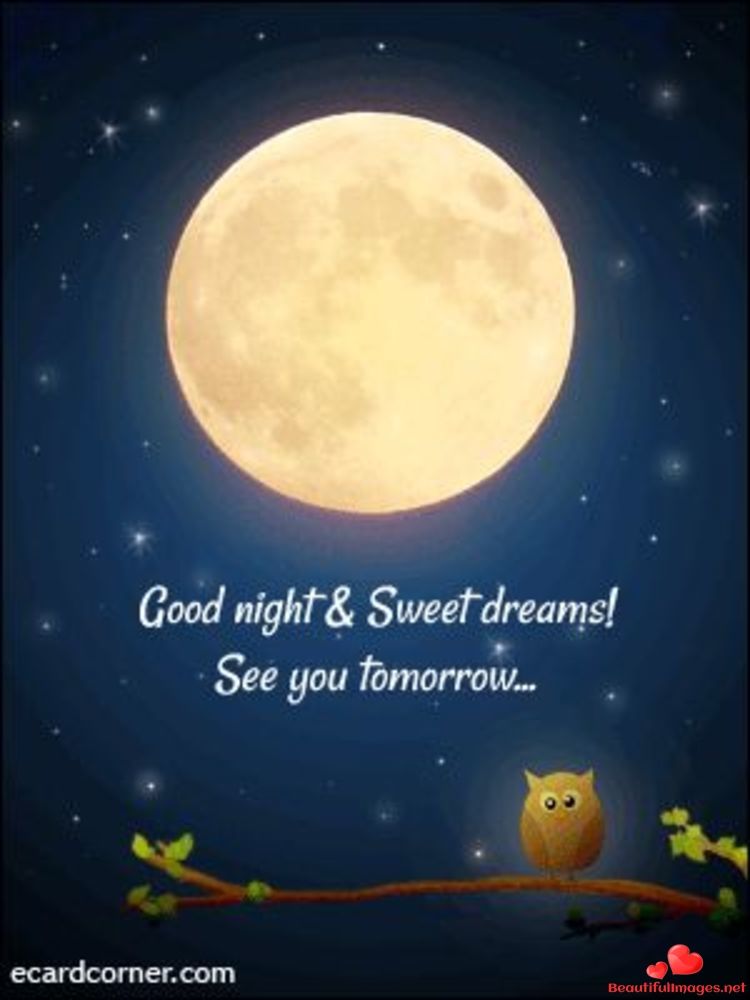Beginning letter sounds activities
Beginning Sounds Activities for Kindergarten
Curriculum | Featured | Letters & Letter Sounds | Reading
When learning to read, there are many phonemic awareness and phonics skills students must master. Learning letter names, letter sounds, and beginning sounds is key in helping students quickly decode and read texts. To give your students the exposure and practice they need, check out these beginning sounds activities for kindergarten.
Why is it Important to Teach Beginning Sounds?
When teaching students to read, it’s important for them to understand that words are made up of letters and sounds. This knowledge helps them read and write more fluently.
Phonemic awareness and phonics skills are key in kindergarten. Phonemic awareness skills are when students understand that words are made up of various sounds. Phonics skills are what correlates the sound of a letter to the written letter itself.
Begin with teaching phonemic awareness skills so students learn to listen for and differentiate the sounds in words.
It can be tricky for students to hear the middle and ending sounds in words at first, which is why starting with beginning sounds is so effective.
Digital Beginning Sounds Activities
Since it’s important for students to first understand what beginning sounds are and learn to listen for them in words, you need a variety of beginning sounds activities for kindergarten for them to practice with.
A great way to engage your students is with interactive digital phonemic awareness activities like beginning sounds Boom Cards. These Boom Card decks give students a variety of opportunities to practice listening for the same beginning sounds in words.
Plus with audio directions, audio picture names, and the self-checking feature, your students will be able to work independently with success.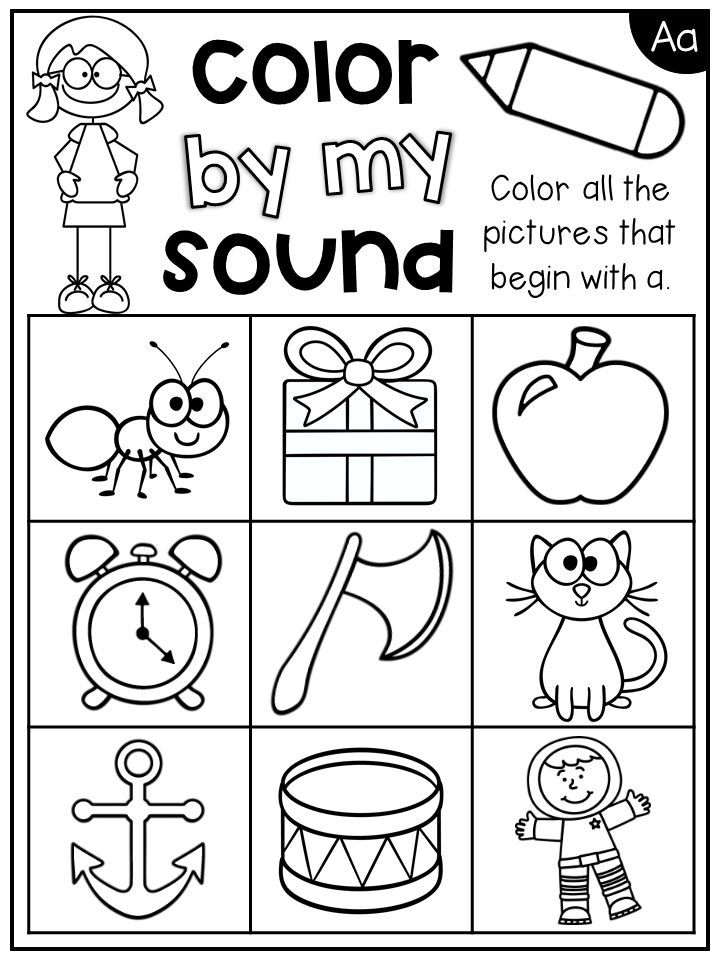
Hands-on Beginning Sounds Activities
Mastering beginning sounds takes a lot of practice and exposure. Therefore, you need a wide array of hands-on beginning sounds activities for kindergarten that your students can work with.
You can incorporate these hands-on activities into your morning tubs, literacy centers, or fast finisher activities. This is a great way to keep your students practicing their skills throughout the day.
Letter Sound Mats
One of my favorite ways to practice beginning sounds is with letter sound mats and magnetic letters. Students will say the picture name aloud, identify the beginning sound, and match the correct magnetic letter to the picture.
If you have a set of picture cards and magnetic letters, you can simply have students flip a card, identify the beginning sound, and match the letter.
Build the Sound Mats
Another great beginning sounds activity for kindergarten is build the sound mats. This activity allows students to identify the beginning sound in the picture and build the letter using manipulatives.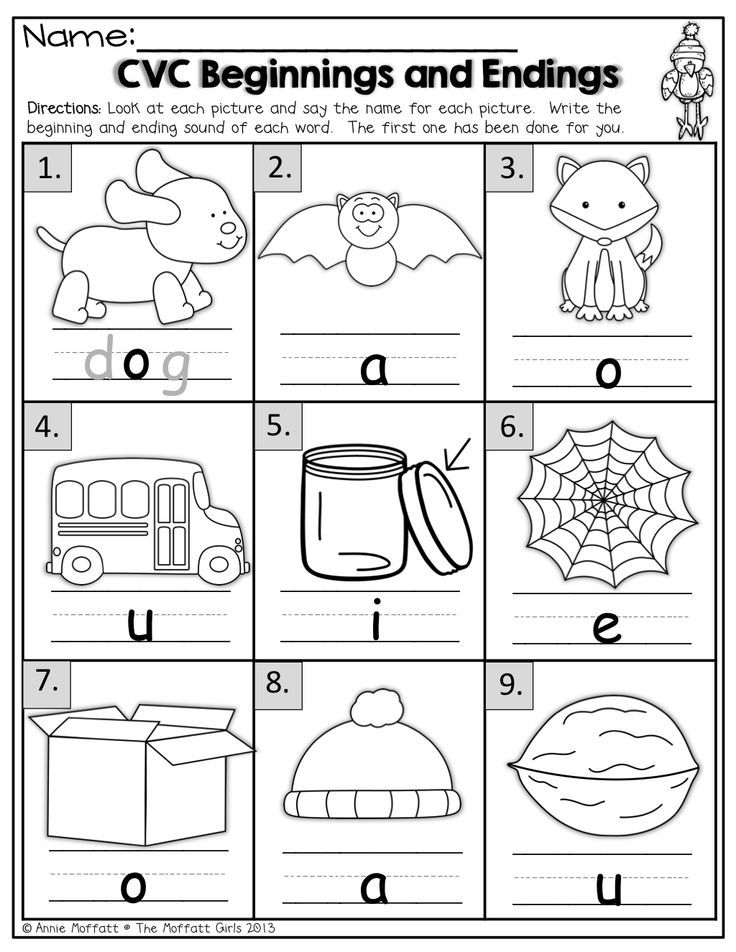
Students will get extra fine motor practice as they work on both phonemic awareness and phonics skills.
Beginning Sound Mazes
Another fun way to switch up the learning is to use beginning sound mazes with your students. As they cover the letters that make the focus sound on the mat, they’ll work their way through the maze.
This makes learning feel like a game for students, which is a sure way to keep them on task, engaged, and motivated.
If you loved these hands-on beginning sounds activities for kindergarten, you can grab them all plus more in my Beginning Sounds and Letter Sounds Bundle!
No Prep Beginning Sounds Activities
While using digital and hands-on beginning sounds activities is key, it’s also nice to keep a good stash of no prep activities on hand.
Add these no prep beginning sounds activities to your morning work, independent literacy stations, or keep them in a sub tub. They also make great time filler activities if you have a few minutes between activities.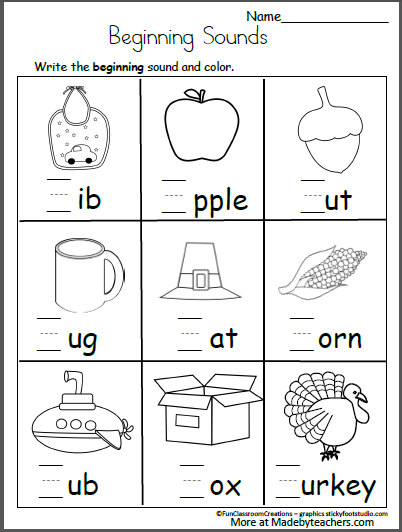
If you need a quick way to assess your students on beginning sounds, you can use these no prep activities as an informal assessment as well.
How to Assess Your Students on Beginning Sounds
As your students learn and grow their beginning sounds skills, you want to assess them frequently. This allows you to see which beginning sounds they are mastering and which sounds they need help with.
Using beginning sounds picture cards and a checklist is a great way to gauge your students’ understanding. You can monitor students quarterly, monthly, or every 2 weeks if they need more support.
Beginning Sounds Assessment Freebie
To make assessing your students on beginning sounds and letter sounds easy, I created an assessment freebie for you.
This freebie includes a beginning sounds assessment checklist and beginning sounds pictures. There is also a letter sounds assessment page and checklist to help you assess your students’ uppercase and lowercase letter sound recognition.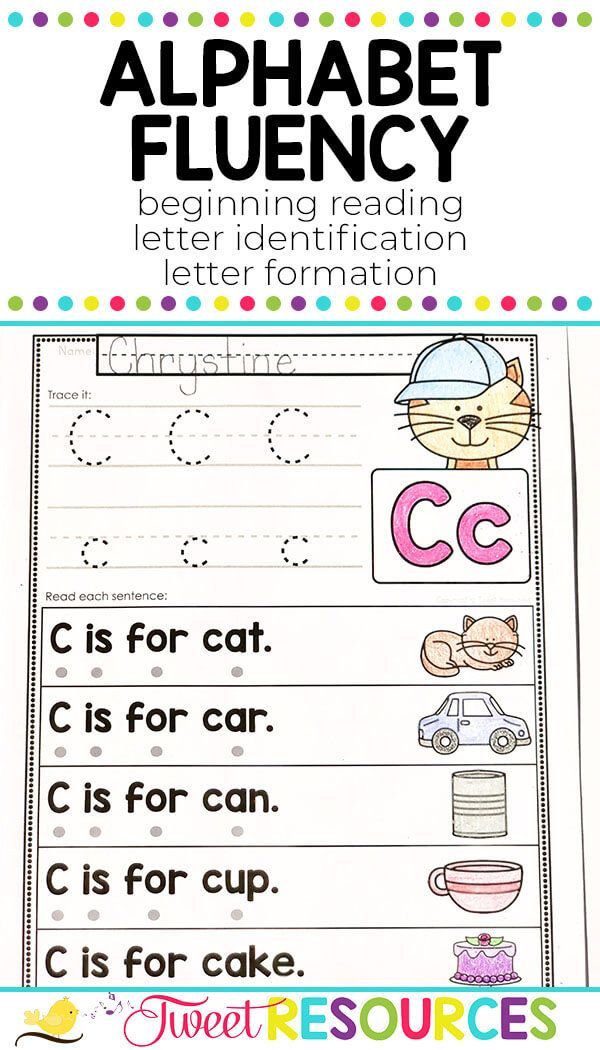
You can fill out the form below to get the beginning sounds and letter sounds assessment freebie sent directly to your inbox!
I hope these beginning sounds activities and assessments for kindergarten make learning more fun and effective in your classroom!
Post Tags: #beginning sounds#Freebies#letter sounds#literacy#literacy centers#reading
Similar Posts
25 Beginning Sounds Activities and Printables
These beginning sounds activities give young children the chance to practice important phonemic awareness and phonics skills. Be sure to add them to your master list of literacy activities for preschoolers!
Recognizing how sounds are the same, and how they’re different, is referred to as sound discrimination. Hearing the first sound in words is one aspect of sound discrimination, and it’s an important phonemic awareness skill. It helps children to pay attention to the sounds they hear, and it aids them in learning letter sounds down the road.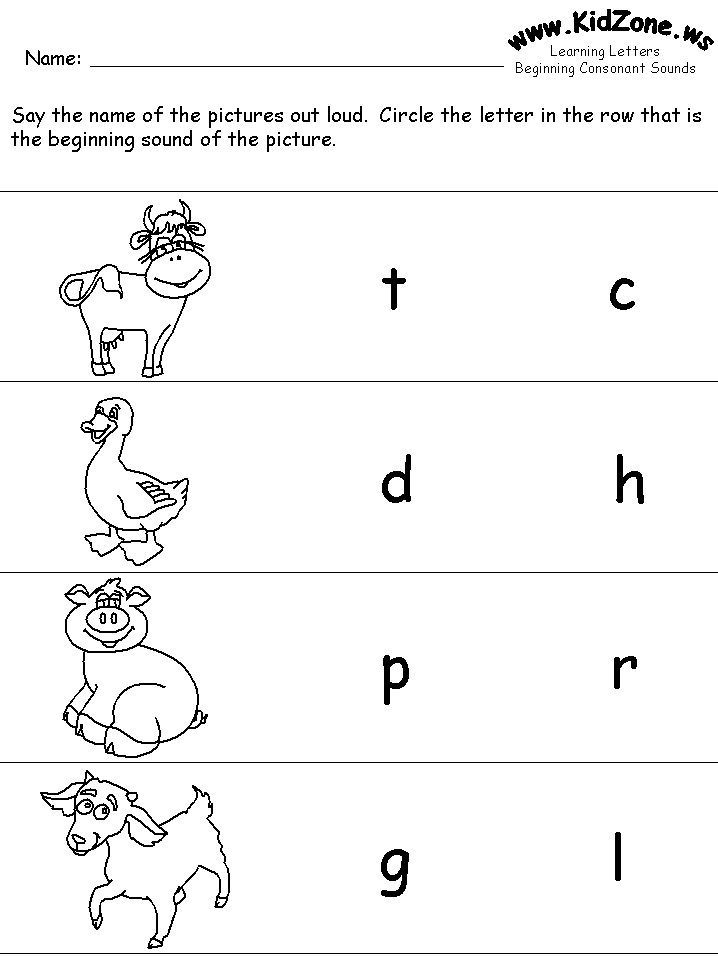
Below, I share a variety of beginning sound discrimination ideas for young children. Some are purely oral language activities, focusing only on the sounds in spoken words.
Others are beginning sounds activities that incorporate letters. While these are inherently phonics-based activities, more research has come out indicating that pairing letters with phonemic awareness activities is beneficial. It is important to remember that language development, learning to read, and learning to write include a multitude of skills that interweave to create a literate person.
Related: Spring Printables for Preschoolers
Table of Contents
How to Teaching Beginning SoundsBefore I jump into the beginning sounds activities, I wanted to talk about HOW to teach initial sounds. Because they do need to be taught. While kids can pick up a lot from being read to, carrying on conversations, and observing those around them, explicit literacy instruction (at all levels) is very important.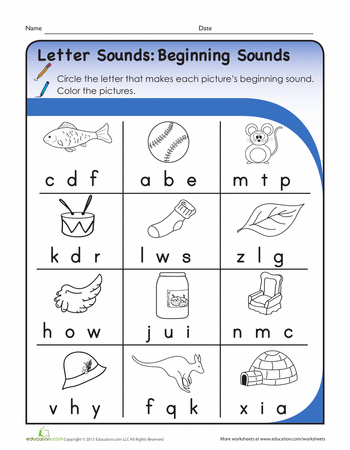
That being said, this instruction doesn’t need to happen for hours at a time while children are sitting at a desk. For young children, especially, that just won’t work. So here are some tips for teaching children about beginning sounds:
- Explain and model in a succinct manner. Short and sweet direct instruction!
- Scaffold the children along the way. Your support is imperative.
- Incorporate lots of hands-on activities and games.
- Let the children move as they learn.
- Keep it going throughout the year. This isn’t a “one and done” topic.
- Make things meaningful to the children as much as possible.
- Use visuals!
- Don’t forget conversations and songs.
The above tips can really be applied to all phonemic awareness activities! What would you add to the list?
Beginning Sounds ActivitiesNow let’s get into the initial sound ideas! As I mentioned earlier, some of these will be solely focused on oral language while others will bring in the alphabet.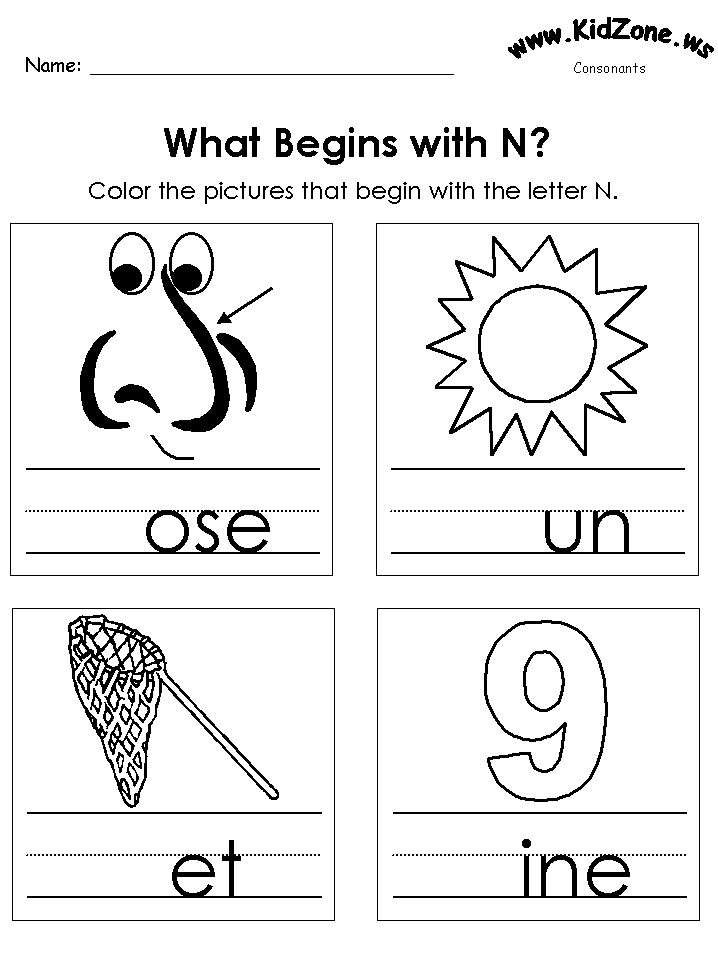 I separated things into categories for you. That way, you can find the activities that best meet the needs of your individual students.
I separated things into categories for you. That way, you can find the activities that best meet the needs of your individual students.
First up are activities that are 100% phonemic awareness. Click on the links below to read more about each of the ideas and, in some cases, grab the free printables.
The St. Patrick’s Day beginning sounds printable is the beginning of a series focused on initial sound games for preschoolers. I’ll be adding more to the series throughout the year, so do check back!
The Measured Mom has a set of sound clip cards ready for your kids. You can use them with clothespins or math manipulatives.
Grab your own set of printable beginning sounds bingo cards from Growing Book by Book.
Related: Syllable Activities
You’ll find a fun initial sounds sorting game over on Pre-K Pages. I love that this activity uses simple materials you might already have.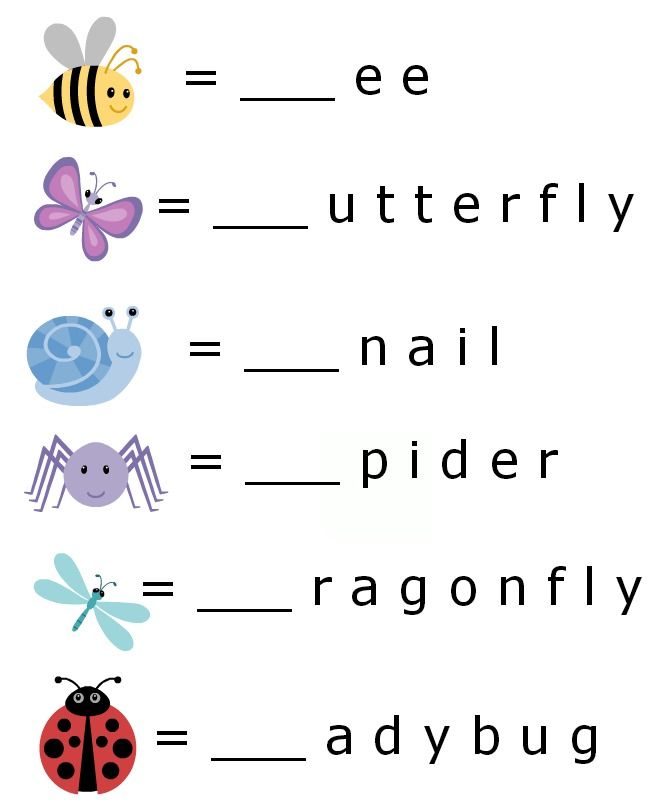
Play This Reading Mama’s letter sounds tic tac toe with your students! What a unique way to practice matching beginning sounds.
Make a beginning sounds book based on family or classroom members like Growing Book by Book. Then be sure to read it over and over again once it’s done!
Super Simple Initial Sounds ActivitiesI also want to share some beginning sounds activities that you can easily weave into your day. These are fast and easy and don’t require much prep.
Incorporate the initials sounds into transitions. “Line up if your name starts with /m/.”
Play a guessing game, “I’m thinking of a name that begins with /s/.” Or, “I spy something that starts with /d/.”
Challenge the children to a beginning sounds scavenger hunt based on their own names. You might need to double-check there’s something available for everyone beforehand.
Practice gross motor skills with a beginning sounds bean bag toss. Place a few images on the floor. Kids toss a bean bag at the image that starts with a sound you say.
Kids toss a bean bag at the image that starts with a sound you say.
Use children’s pictures, real photos of common items, and/or store-bought picture cards for picture sorts.
Make up a song! Here’s an easy one, to the tune of “Do You Know the Muffin Man”
Do you know what starts with /m/,
Starts with /m/,
Starts with /m/?
Do you know what starts with /m/?
Let’s say a word!
Tie the initial sounds into what you’re learning about (butterflies, for example). Say two words. If the words have the same beginning sounds, kids can flap their “wings” like butterflies.
Make a “feed the monster” game by cutting a hole in a shoebox top. You can even go all out and decorate it like a monster. Kids can only feed the monster pictures of things that start your chosen sound.
Play a listen and clap game. Kids clap if you say two words that start the same. Otherwise, they don’t clap.
Challenge the children to a “what’s different?” game.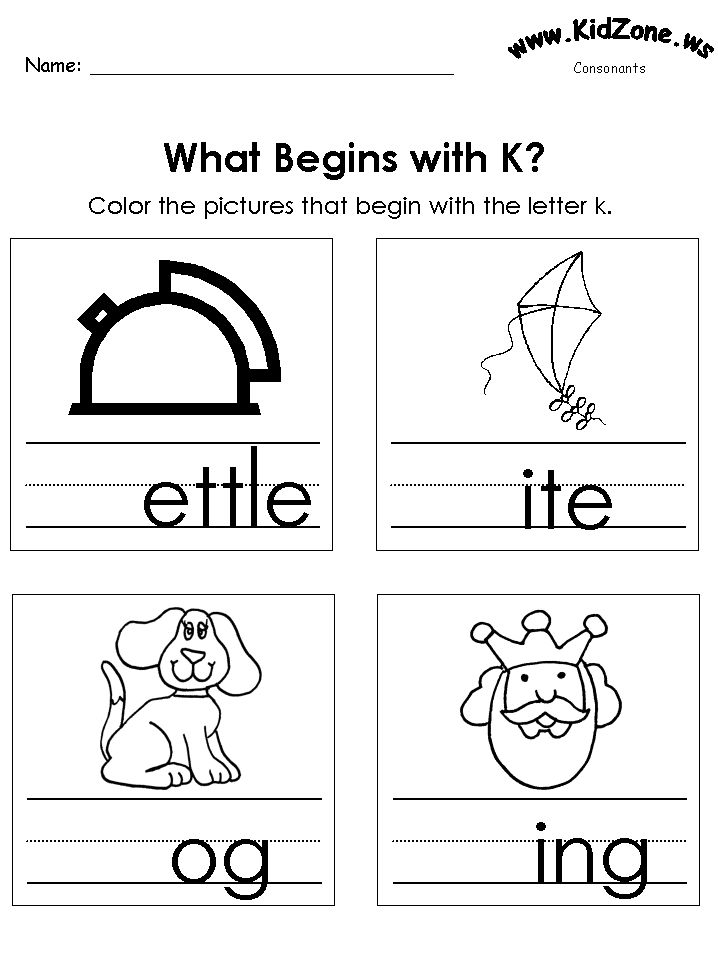 Place a few pictures or objects out. The kids have to determine which one doesn’t start the same as the others.
Place a few pictures or objects out. The kids have to determine which one doesn’t start the same as the others.
Now let’s talk about beginning sounds activities that incorporate letters. You can definitely tweak these ideas and remove the letters if that’s what you prefer!
Related: Magnetic Letter Sorting
Use Fantastic Fun and Learning’s free printable to go on a dinosaur beginning sounds scavenger hunt. Little paleontologists will get a kick out of this one.
Bring out the play dough for Modern Preschool’s identify and stamp activity. Perfect for your collection of cookie cutters.
Your little builders will have a blast hammering beginning sounds with ABCs of Literacy. Definitely add this to your next construction theme.
Related: Simple Early Literacy Activities
Growing Book by Book’s beginning sound pancakes would be fun in the dramatic play center.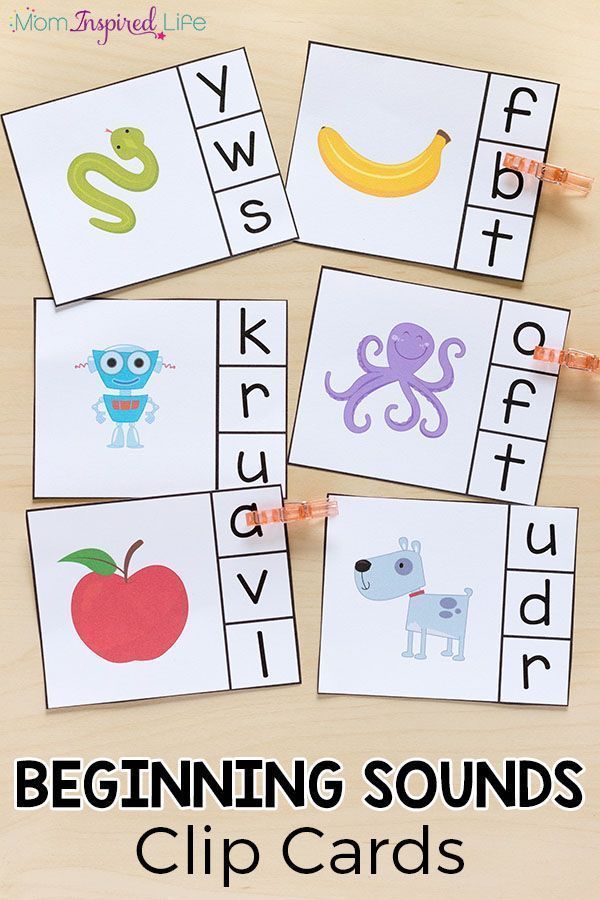 Everyone can have a pancake that starts with the same sound as their name!
Everyone can have a pancake that starts with the same sound as their name!
Or make a set of beginning sounds sticks like Pre-K Pages. Lots of fine motor practice to be head here, too.
Add in some tactile learning with Stay at Home Educator’s initial sound object matching.
Set up a Busy Toddler’s sound matching sensory activity with your favorite sensory materials as the base.
Royal Baloo’s planet beginning sound clip cards would be great as part of a preschool space theme.
Challenge the children to a sound scavenger hunt like Frugal Fun for Boys. Then have them sort what they found onto the appropriate letters.
Materials for Your Initial Sound LearningNow that you have so many ideas for your own beginning sounds activities, let’s chat materials. I love that you can use what you have on-hand, or grab a free printable, for many of the activities shared here. I’m a big fan of using what I’ve got!
But if you want to expand on the items you use for teaching initial sounds, I’ve got some ideas for you (I may get commissions for purchases made through links in this post):
- Interactive alphabet sounds posters and books
- Letter picture games
- Alphabet and sound magnets
- Letter sound games
- Language miniature objects
Let Preschool Teacher 101 save you time with fully-developed preschool resources! We have a wide variety of resources from lesson plans to STEM challenges to math activity packs.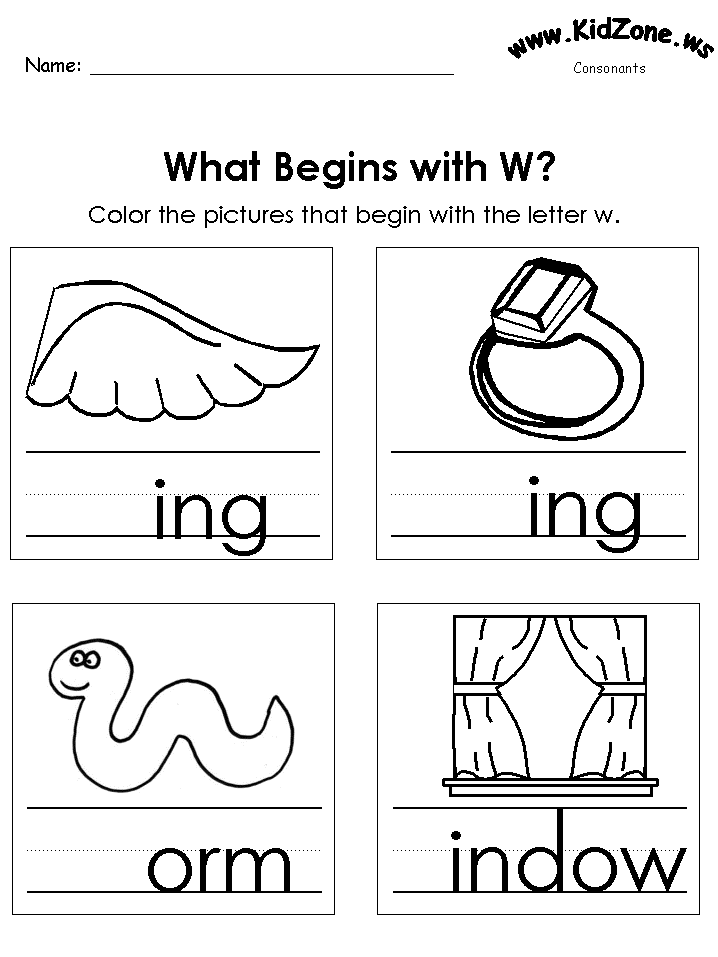
We also have some phonemic awareness materials, like this beginning sounds pack that you can use as online OR printable games. Click on the image below for more information:
Beginning Sounds 4-in-1 Activity PackHere are a few more alphabet-centered literacy resources for you:
Alphabet Puzzles: Letters & SoundsLetter Fluency Strips & GameLowercase Letter PuzzlesBe sure to join the waiting list for The Pack from Preschool Teacher 101 today! Members get access to more, and there are multiple membership options to choose from.
Originally published February 2015.
Learning the letters and sounds of the Russian language based on rhymes. Project activity "Caterpillar Phonetic". 1st class
Purpose of experience.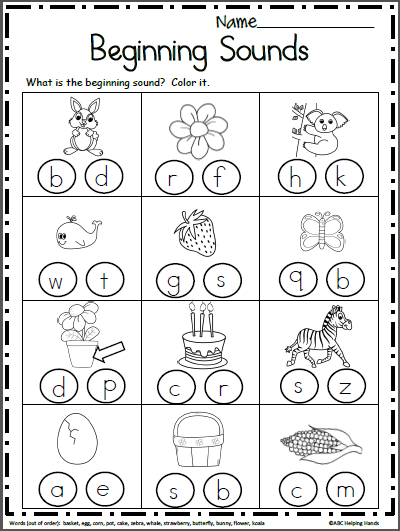 Improving the quality of teaching the Russian language at the initial stage mastering the course through the development of children's creativity and imagination means of graphical representation of the course of phonetics based on rhymes and images appropriate for the age of the younger student.
Improving the quality of teaching the Russian language at the initial stage mastering the course through the development of children's creativity and imagination means of graphical representation of the course of phonetics based on rhymes and images appropriate for the age of the younger student.
Compliance with UMK. Suitable for any UMC. During the period of literacy letters can be learned in any order. The project “Caterpillar Phonetic” is assembled from individual characters - circles in accordance with the order of learning letters. On classes in the Russian language, this scheme helps to carry out phonetic analysis words in full, and even as recommended by S. V. Ivanov (UMK “School XXI century"). nine0005
Article.
Modern requirements for teaching the Russian language are not only to develop students' spelling skills, but also to comprehensively study the language with younger students. This means that the teacher should introduce children to all aspects of Russian speech: phonetic, lexical, grammatical.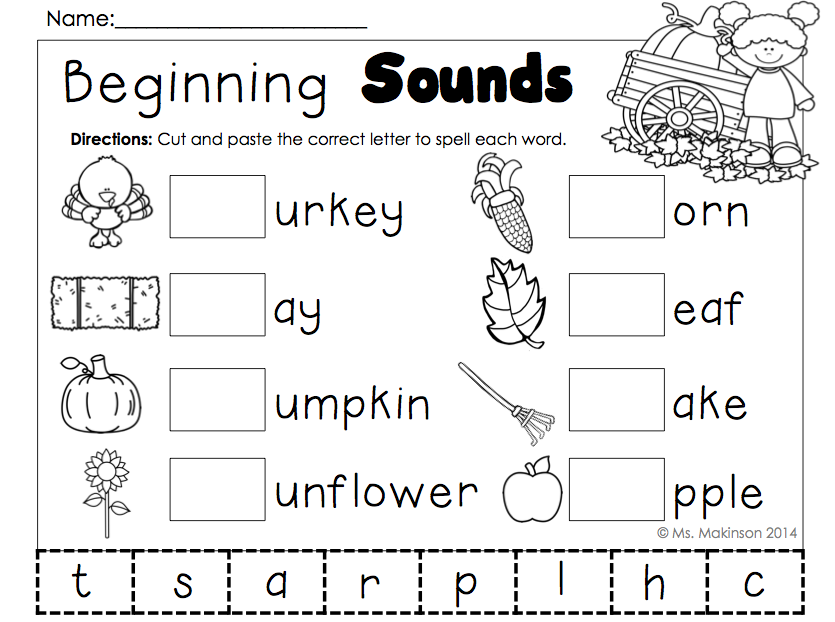 Phonetics is the first and fundamental branch of linguistics.
Phonetics is the first and fundamental branch of linguistics.
I have a desire to create a graphical representation of the phonetics course in in an entertaining form in the form of a table “Caterpillar Phonetic”. It is based in part on color symbols proposed by the authors of the “ABC” V.G. Goretsky, V.A. Kiryushkin, partly on the notation proposed by R. N. and E. V. Buneev. I AM these designations systematized, combined and presented in the form of “Caterpillars - Phonetics” for a more complete description of the sound range of the Russian language. nine0005
I also added rhymes to the scheme in verse form. They are composed in such a way that, by replacing only some words-terms in rhyming, one can characterize any sound of the Russian language. And now, when I show in class with the help of interactive whiteboard a bright scheme - “Caterpillar - Phonetic”, then I see a keen interest in childish eyes. This graphic scheme is the support that carries the educational information, reveals the program content of concepts, and at the same time is vividly, accessible to children's perception.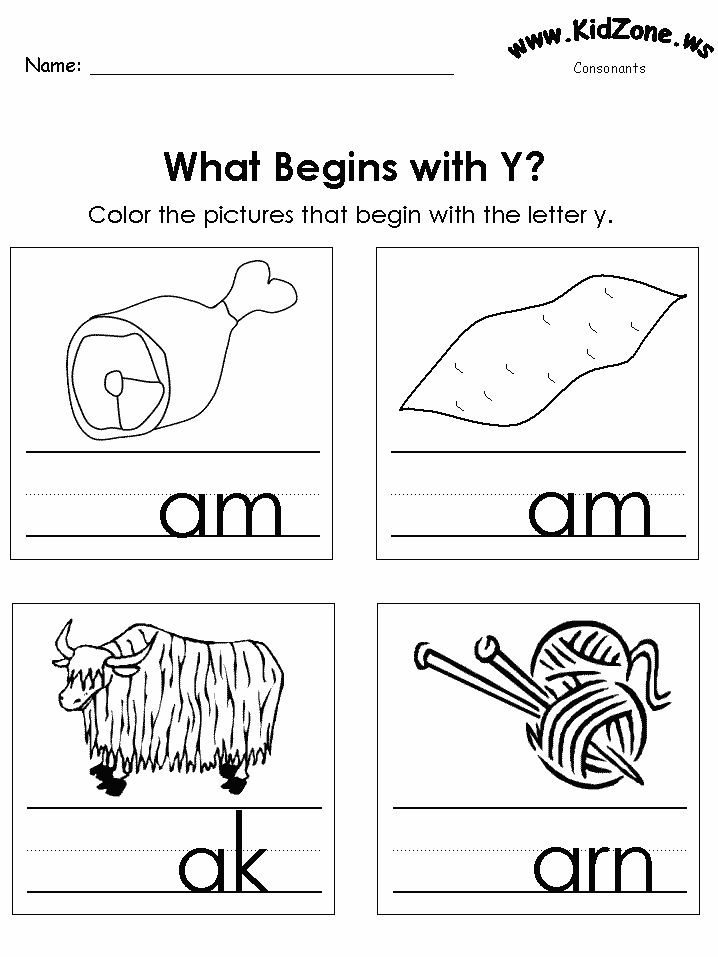 This graphic can be use both when explaining new material and during repetition software material. nine0005
This graphic can be use both when explaining new material and during repetition software material. nine0005
The diagram helps to determine the sequence of actions in solving phonetic tasks and systematize knowledge. And most importantly, it helps to explain accessible and easy to remember for both preschoolers and younger students.
Experience technology.
Stages of work on the project.
1st stage. Introduction to the course "Teaching literacy".
Acquaintance with the “project hero”. Children receive an unpainted blueprint for the project. See table. nine0002 Appendix 1.
Caterpillar came to us, brought a lot of sounds.
We want to color it. But how? The answer is not clear.
Each circle is a sound.
To find its color, you need to pronounce the sound.
2nd stage. Themes of training sessions.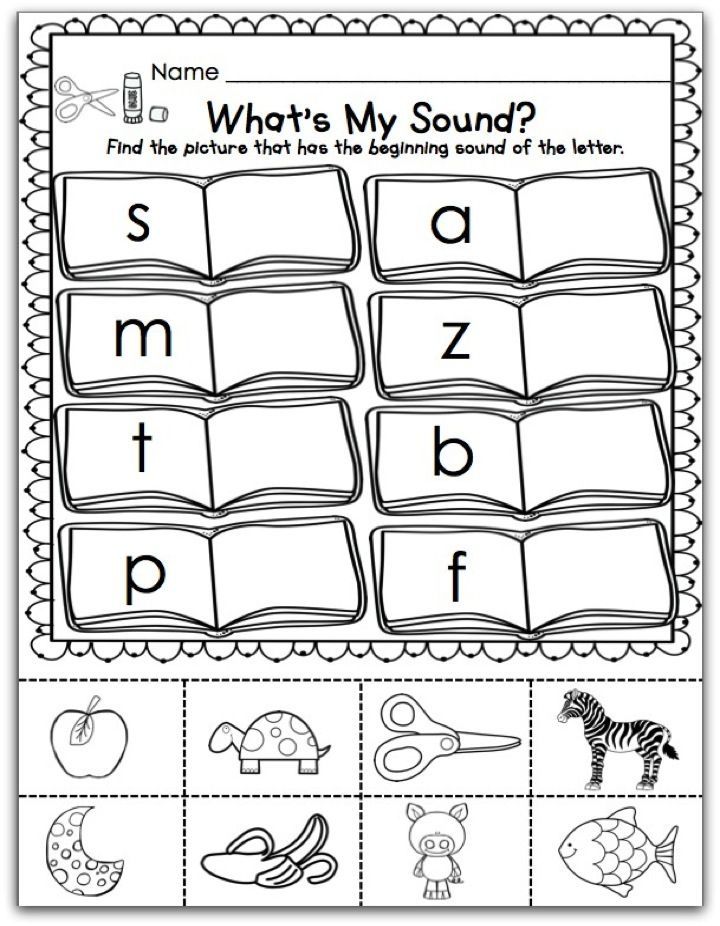 The study of letters of vowel sounds denoting hardness of consonants. Appendix 2.
The study of letters of vowel sounds denoting hardness of consonants. Appendix 2.
Project activities. Introduction to letter design conventions vowel sounds in a playful way.
Letters of vowels, denoting the hardness of consonants - decorate red circle on blue legs. When studying the letters A, a rhyme is remembered:
The sound [a] is sung, which means it is a vowel.
The jacket is red.
Boots blue shoes,
The firmness of consonants denotes.
nine0005
When memorizing a rhyme in the lesson, color the corresponding circle in the reference scheme “Caterpillar Phonetic”.
When studying the letters O, o, U, u, E, e, s, only the sound in this rhyme changes square brackets, and in a circle, respectively, the inscription. Compare:
The sound [o] is sung, which means it is a vowel.
The jacket is red.
Boots blue shoes,
The firmness of consonants denotes.
nine0003
The sound [u] is sung, which means it is a vowel.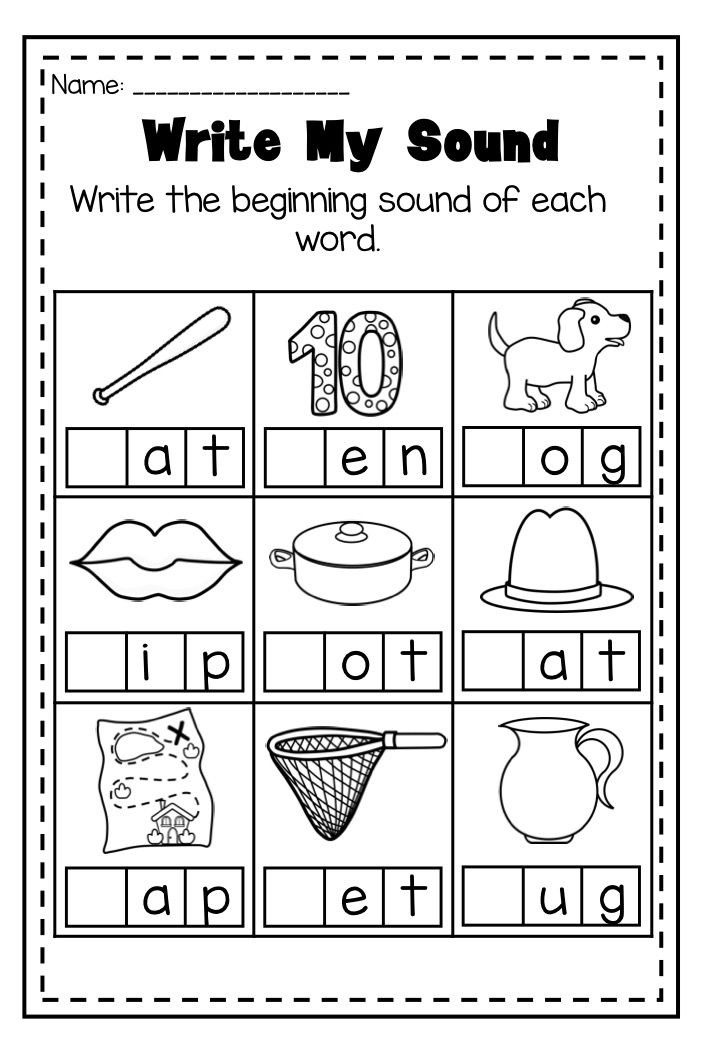
The jacket is red.
Boots blue shoes,
The firmness of consonants denotes.
3rd stage. Themes of training sessions. The study of letters of vowel sounds denoting softness of consonants. Appendix 2.
Actions on the project. Introduction to letter design conventions vowels, denoting the softness of consonants, in a playful way. nine0005
Letters of vowels, denoting the softness of consonants - decorate red circle on green legs. When studying the letters I, and the rhyme is remembered:
The sound [and] is sung, which means a vowel.
The jacket is red.
Shoe green boots,
The softness of the consonants denotes.
The rhyming for the letters E, e, E, e, Yu, yu, I, I looks somewhat different.
The letter E is sung, it means a vowel. nine0043 The jacket is red.
Shoe green boots,
The softness of the consonants denotes.
Accordingly, in the rhyming for the letters Ё, ё, Yu, u, I, I, only the letter changes.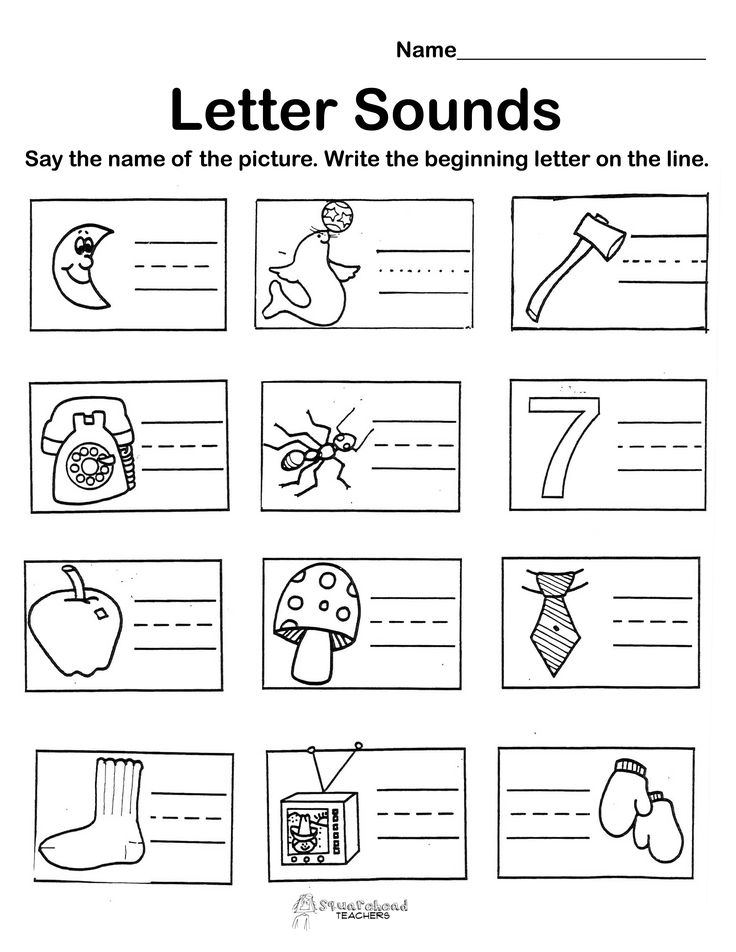
4th stage. Letters of consonant sonorous sounds.
Themes of training sessions. Learning letters of consonants. Watching over sounds in words - the names of fairy-tale characters.
Actions on the project. Introduction to letter design conventions consonant sounds in a playful way. nine0002 Appendix 2.
The words Naf - Naf and Nif - Nif give a vivid idea of the sounds [n] and [n'], denoted by the single letter en. So, we will decorate the circle with two colors at once: half in blue and the other half in green.
The letter eN sounds [n] and [n'] stands for.
They are not sung, so they are called consonants.
A yellow bell hangs over them,
So the consonant is voiced.
Outfit blue-green letter changes,
Hard or soft sound denotes.
See Appendix 2 .
The words Masha and the Bear give a vivid idea of the sounds [m] and [m'], denoted by the single letter EM.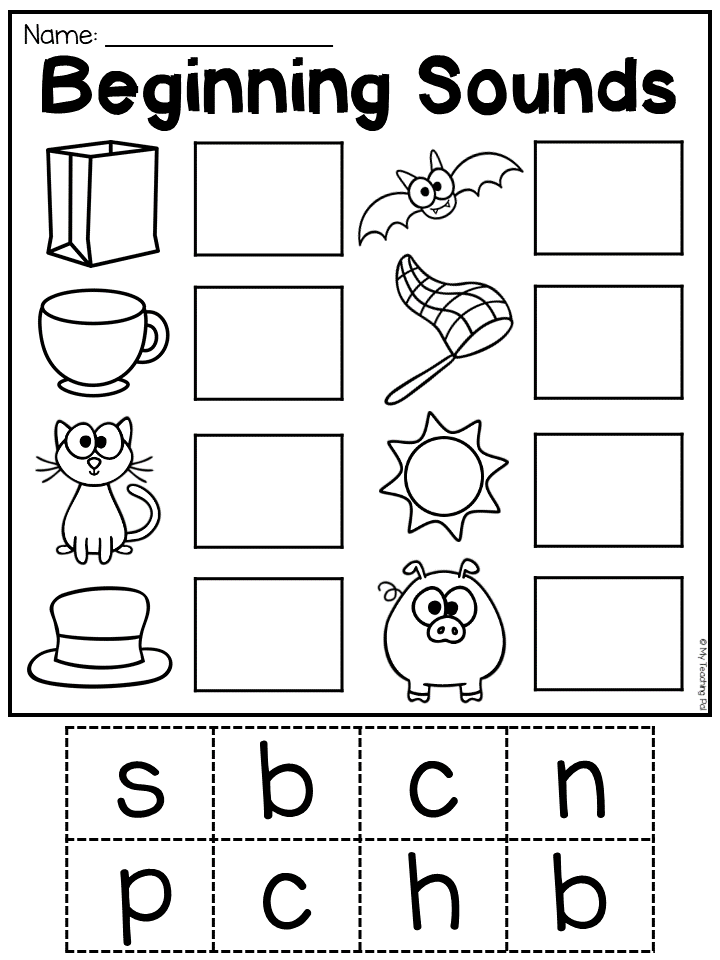
The letter em sounds [m] and [m'] stands for.
They are not sung, so they are called consonants.
A yellow bell hangs over them,
So the consonant is voiced.
Outfit blue-green letter changes,
Hard or soft sound denotes.
Accordingly, we study the letters eL, er.
Only when studying the letter AND, a short circle is painted over only in green and the rhyme changes slightly:
The letter And the short sound only [й'] denotes.
It is not sung, which means that it is called a consonant.
A yellow bell hangs above him,
So the consonant is voiced.
Outfit only green letter puts on,
And only a soft sound means.
This is how children memorize sonorous sounds.
Stage 5. Letters of consonant sounds, paired in sonority - deafness.
Themes of training sessions. Study of letters of consonants, paired in sonority - deafness.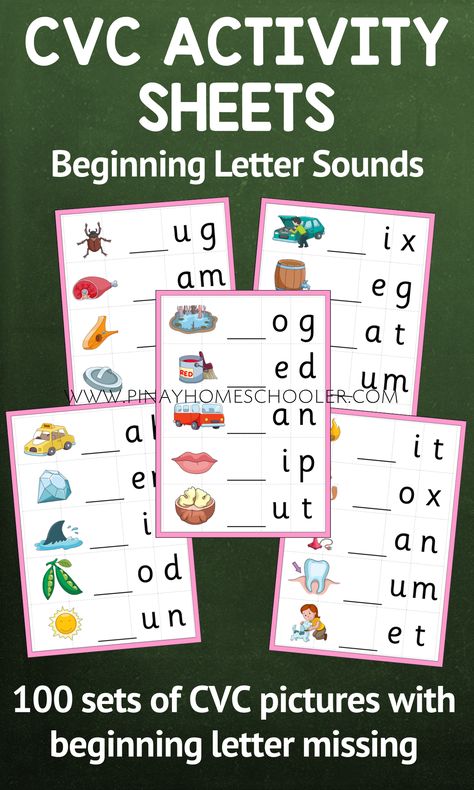 Paired voiced consonants by sonority - deafness we study similarly.
Paired voiced consonants by sonority - deafness we study similarly.
The letter Bae sounds [b] and [b'] denotes. nine0043 They are not sung, so they are called consonants.
Yellow bell hanging over them,
So the consonant is voiced.
Outfit blue-green letter changes,
Hard or soft sound denotes.
But when studying deaf paired consonants, rhyming will change a little - a little. And now there will be no bell above the blue-green circle.
Letter Pe sounds [p] and [p'] denotes.
They are not sung, so they are called consonants. nine0043 The bell does not hang over them,
So, a consonant voiceless sound sounds.
Outfit blue-green letter changes,
Hard or soft sound denotes.
Similarly, we study and color all other paired consonants according to loudness-deafness.
6th stage. Letters of consonant sounds, unpaired in hardness - softness.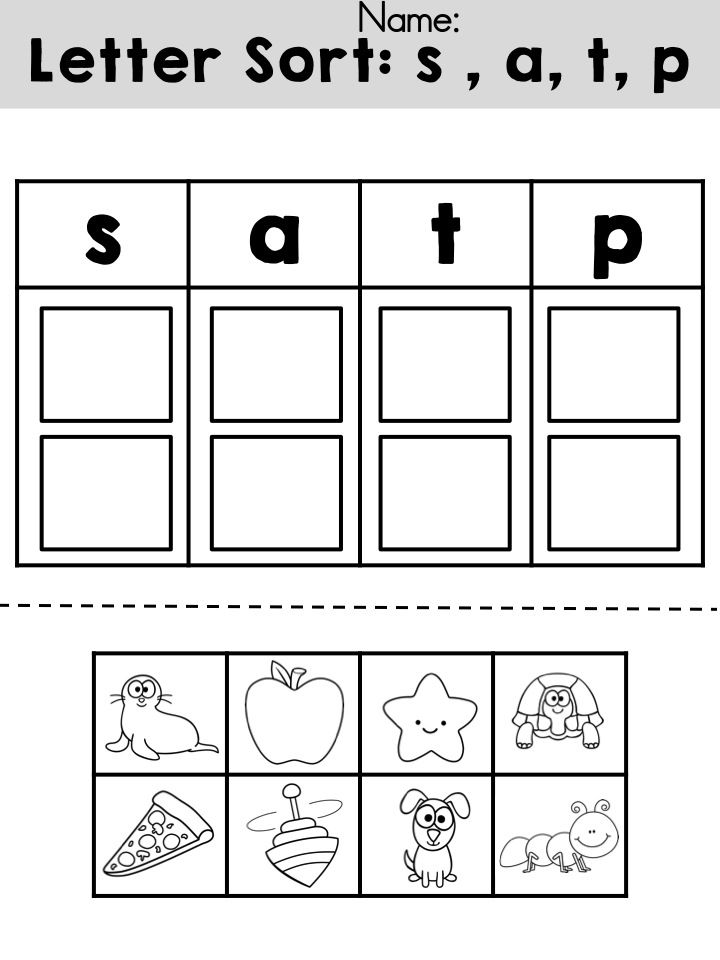
Themes of training sessions. The study of letters of consonants, unpaired in hardness-softness. An unpaired soft sound is colored only in green. At learning the letters Che and Scha rhyme sounds like this:
Letter Che (Scha) sound only [h’] ([w’]) denotes.
It is not sung, which means that it is called a consonant.
The bell does not hang over it,
So the consonant is deaf.
Outfit green letter does not change,
And only a soft sound means.
Unpaired solid sound is colored only in blue.
When studying the letter Zhe, the rhyme should sound like this:
The letter Zhe only denotes the sound [g].
It is not sung, so it is called a consonant.
Bell above it hanging yellow
So, the consonant is voiced sounds.
Outfit blue letter does not change,
And only a solid sound means.
When studying the letters Sha and Tse, the rhyme should sound like this:
The letter Sha only means [w].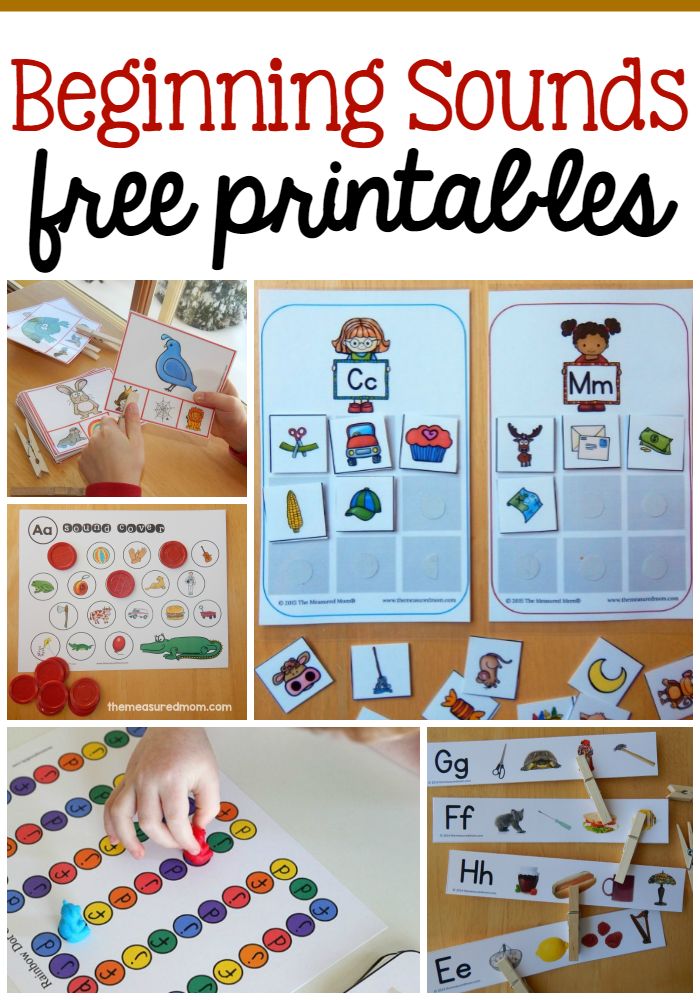 nine0043 It is not sung, which means that it is called a consonant.
nine0043 It is not sung, which means that it is called a consonant.
The bell over it does not hang
So, consonant deaf sounds.
Outfit blue letter does not change,
And only a solid sound means.
Underlined words in rhyming are replaced according to the color designation the sound of the letter being studied.
The most amazing thing is that once children have learned rhyming, they change their her words based on the “Caterpillar Phonetic” scheme and remember sound characteristics that they then need when performing phonetic parsing. nine0005
So the base of the rhyme looks like this:
Letter … sound only […] or (sounds […] and […]) means.
It is not sung, which means that it is called a consonant. Or
They are not sung, so they are called consonants.
Bell above it yellow hanging or (not hanging)
So the consonant is voiced or (mute) sounds.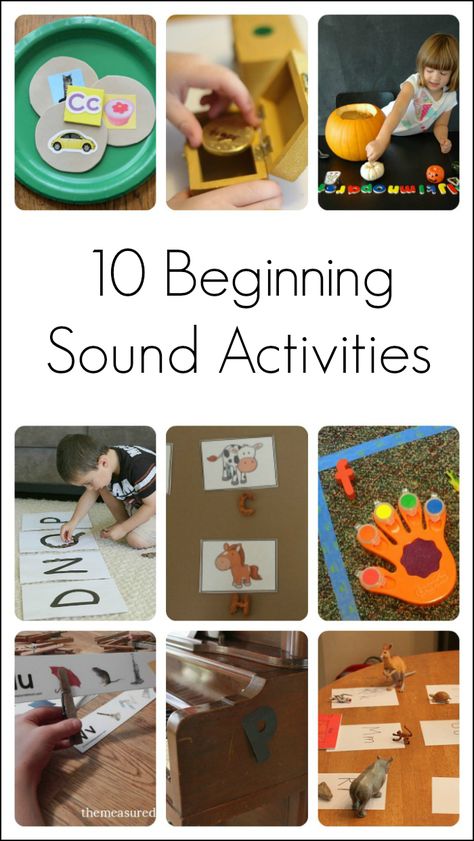
Outfit blue or (green) the letter does not change,
And only a hard or (soft) sound denotes. Or
Blue-green outfit letter changes,
Hard or soft sound denotes.
And the entire table “Caterpillar Phonetic” in Appendix 2.
work. nine0005
It must be remembered that younger students have new words, scientific terms and signs can only be assimilated in parallel with the corresponding images and work aimed at understanding these terms and concepts, therefore it is unacceptable demonstration in literacy lessons of a pre-made table. Here joint activity and co-creation of the teacher and students are important. And what can captivate the kids. Of course, drawing! So, we will phonetics ... draw! But our drawings are not pictures for fun. They teach to memorize not only by effort will, but also with the eyes. Memorization based on the unity of visual, auditory perception and imagination, most firmly absorbed.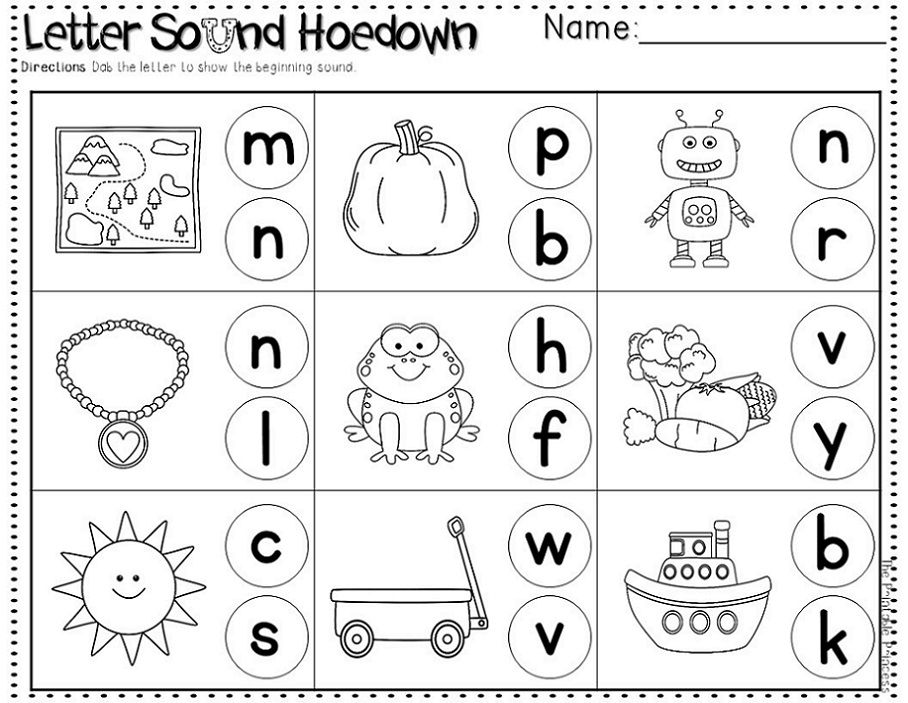 nine0005
nine0005
Therefore, the following are of great importance: graphic schemes and rhymes, the use of game techniques,
– presentation support of the learning process,
– parallel study of theoretical rules in traditional form and rhymes, which contributes to a better understanding and assimilation of the program material.
What are the advantages of this scheme? nine0005
The first advantage is that in the “Caterpillar Phonetic” scheme characteristics of 42 sounds of the Russian language are given: 6 vowels and 36 consonants sounds.
Elementary school students have no difficulty in parsing phonetics even with indicating the characteristics of paired and unpaired sounds both in terms of sonority - deafness, and and hardness-softness (UMK “School of the XXI century”)..
The second advantage of this scheme is that “the caterpillar grows” from lesson to lesson, i.e. we, characterizing each sound separately, gradually we introduce conditional color designations for all sounds of the Russian language together with children, which contributes to better understanding and memorization.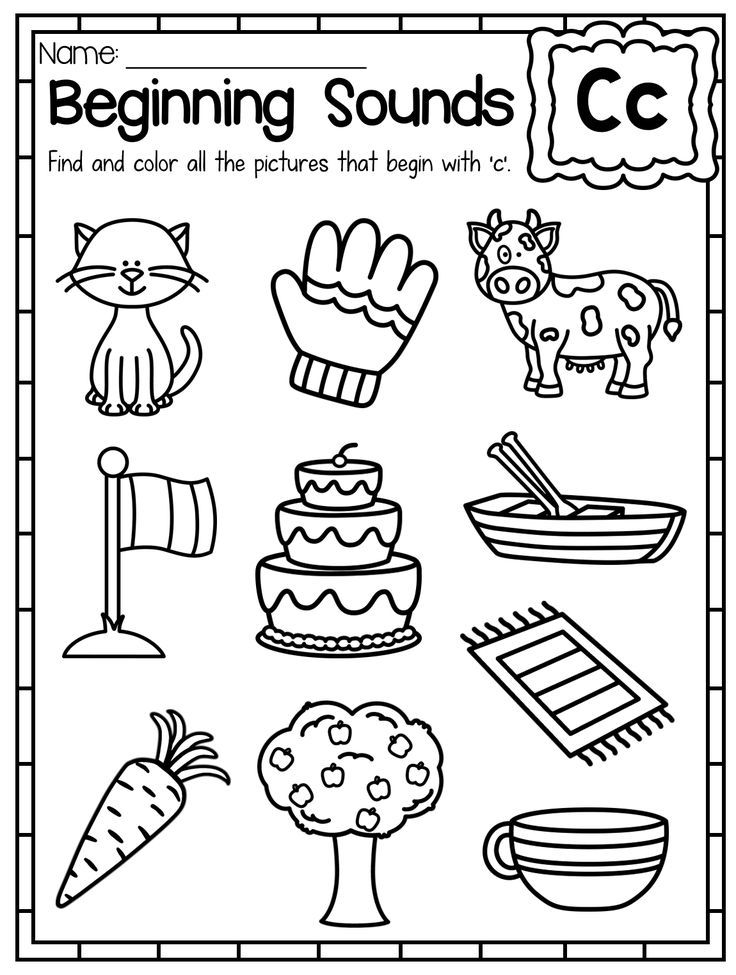 Children love the caterpillar paint. nine0005
Children love the caterpillar paint. nine0005
The third advantage of this scheme is that the color symbols does not contradict the programs used in elementary school literacy training. Therefore, it can be used in the classroom literacy and according to the program of R. N. and E. V. Buneev, and according to the textbook “ABC” by V. G. Goretsky, V.A. Kiryushkin, and other programs of developmental education. The sequence of letters can be changed without disturbing the artistic image of the caterpillar. nine0005
Literacy lesson on the topic "Consonants [p] and [p'], letters P, p."
Literacy lesson (reading)
Topic: Consonant sounds [n] and [p '], letters P, p. knowledge about new sounds [p] and [p'] and the letter denoting them in writing.
Tasks:
- teach distinguish and describe new sounds; read syllables, words and sentences with a new letter; nine0005
- to form a value attitude to the history of Russia and its cultural values, to people engaged in labor activity;
- introduce the concept of "profession", expand the vocabulary of children;
- learn to use the acquired knowledge and skills in practical activities.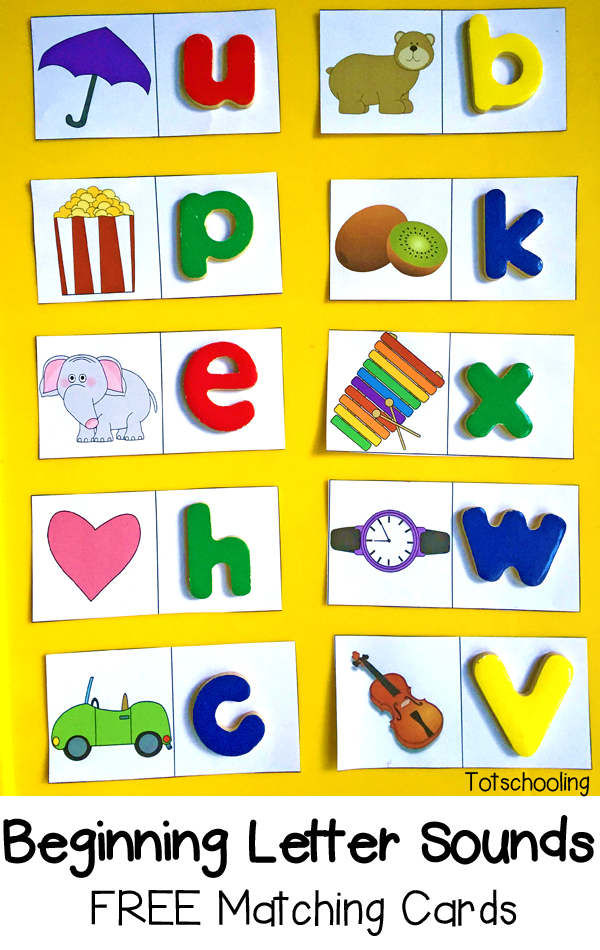
Skills:
Personality skills: show interest in studying a topic, desire to learn about a new letter and sounds, awareness of one's success in mastering the topic, to show emotionally - value attitude to the history of Russia, its cultural values. nine0005
subject skills: talk about new sounds and the letter that replaces them with writing, highlight new sounds from words, compare, recognize in words new sounds, read syllables and words with studied letters, determine the place of a new letters in the alphabet and on the tape of letters.
Metasubject skills:
Cognitive: determine the meaning of words denoting professions, group and classify all learned letters, use different sources information to complete the training task, use the acquired knowledge in life. nine0005
Regulatory: determine in cooperation with the teacher, the learning task, plan activities, perform training tasks in accordance with the goal, correlate the goal and the result of the activity and evaluate it.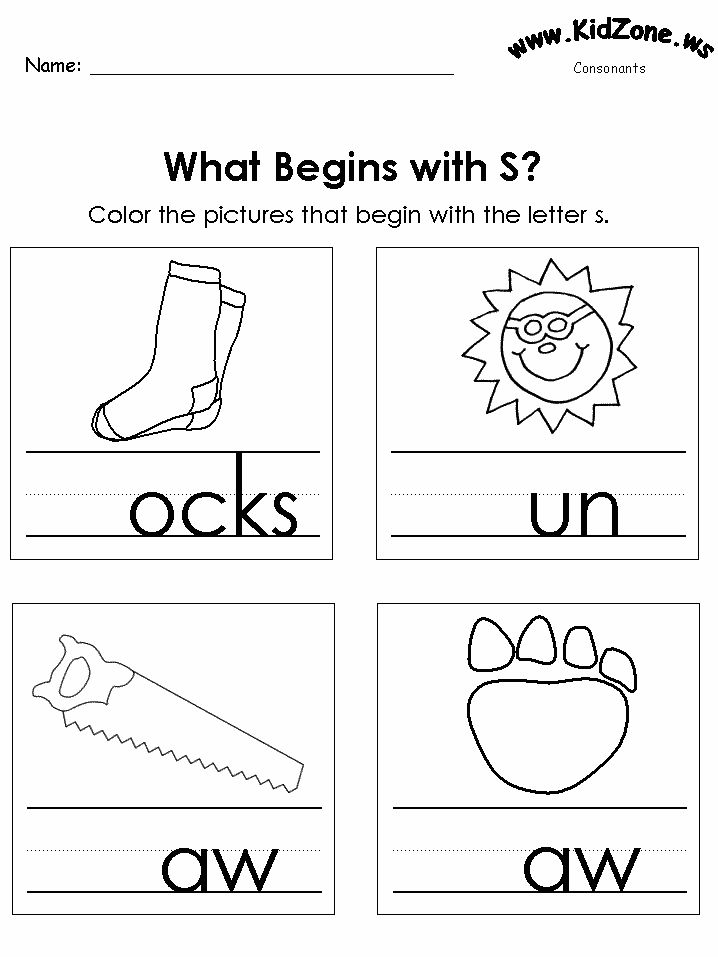
Communication: to formulate statements, own opinions and positions, adequately interact with a partner using speech means, agree on a position and find a common solution when working in pairs, group. nine0005
Lesson progress:
I . Organizational moment
We are called together by a call
To a wonderful lesson
We lined up, stood up straight,
They raised their eyes at me!
Sit down!
- Guys, we have an open literacy lesson.
II. Updating knowledge. Definition of the topic and objectives of the lesson. Planning.
Magnetic alphabet letters on the board:
AOYYI
NLR
KC
- Look at the board, you see 3 groups of letters. What did you notice anything interesting?
(In the first group - vowels, in the second - the letters of consonant voiced sounds, in the third - the letters of deaf consonants sounds)
- Who agrees? (clap hands)
- Look, there are still letters below.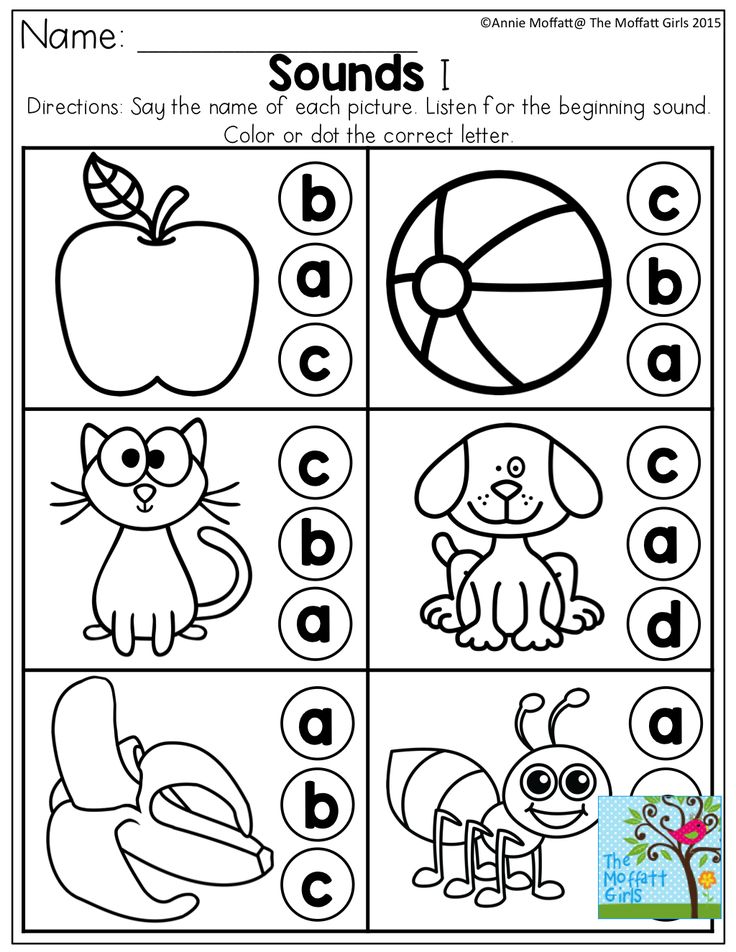 In which groups post them? Who can help me figure it out? One child at the blackboard.
In which groups post them? Who can help me figure it out? One child at the blackboard.
E, V, T, R
- Who agrees?
- Name the letters in each group.
( There is a problem in which group to assign letter P)
- Who knows what the new letter is called? (Letter P)
- Guess what it is: a vowel? consonant?
- What sounds can it represent?
- Why did I put the letter P among other letters?
- Formulate the topic of the lesson.
(Letter P and the sounds it denotes)
- Determine the order of work in the lesson and the objectives of the lesson.
- How do we start learning a new letter? (Learning to distinguish and describe sounds)
- Our first task: to explore the sounds [n] and [n ']
(a card )
- what we are doing. further? (Getting to know the letter)
- Our second task: to find out everything about the letter P
|
-What further? (We read syllables, words, sentences with studied letter)
- Our the third task: to learn to read syllables, words and sentences with the studied letter.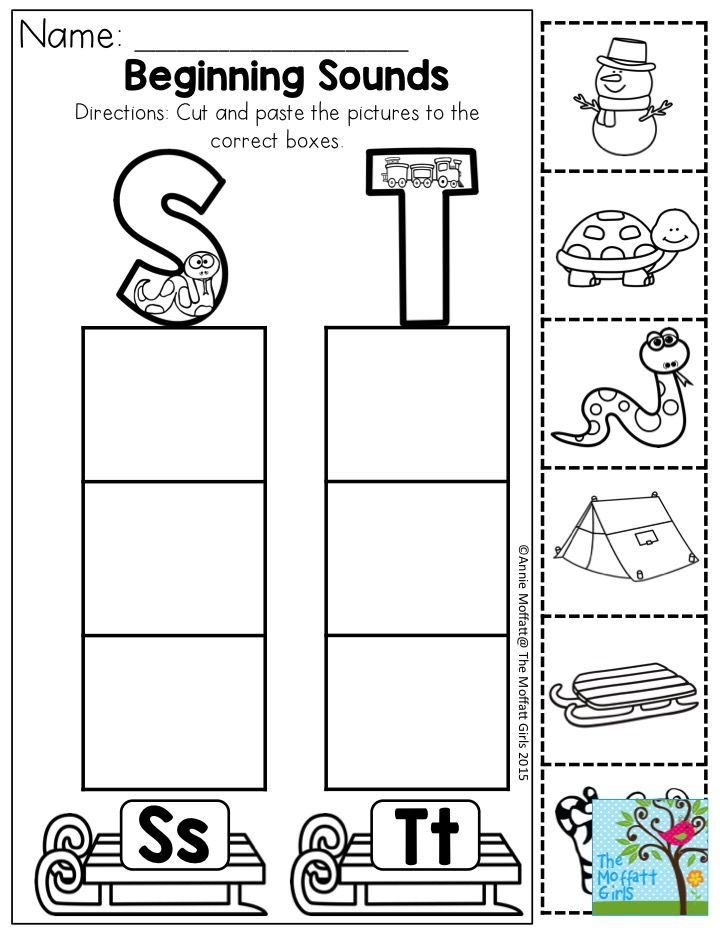 nine0005
nine0005
- We made a plan for the lesson, determined tasks.
III. Learning a new topic.
1) Introduction in activity
(Sounds the first verse of a song about captain M. Dunayevsky)
Zhil brave captain,
He traveled to many countries,
AND more than once he plied the ocean,
times fifteen he drowned,
died among sharks,
But never even blinked an eye.
(A portrait of the captain is attached to the board)
- Guys, who is this?
(Sea captain)
- What should a sea captain do?
(To command a sea vessel: a ship, yacht, boat)
- Guys, one brave captain, having learned that in in our class there are wonderful guys who love to learn everything new, interesting, sent you an email. Listen. nine0005
Letter brave captain.
(Slide presentation)
Dear guys! I swam a lot years on the seas and oceans, visited many countries and cities.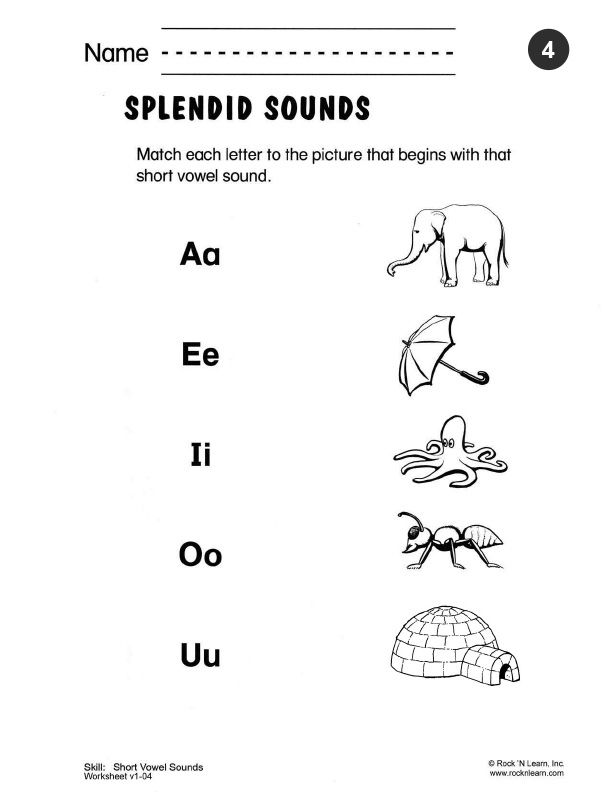 And I want to tell to you about my favorite city. This city is located on the northwestern borders Russia and is called St. Petersburg. Why, you ask, is this wonderful town? St. Petersburg is one of the most beautiful cities in Russia and the world. It has a lot temples, palaces, theaters, museums, bridges, canals, parks, sculptures. In the city there are ports where ships from all over the world sail. And in the summer in this city there are warm white nights, when it is light at night, almost like during the day. nine0005
And I want to tell to you about my favorite city. This city is located on the northwestern borders Russia and is called St. Petersburg. Why, you ask, is this wonderful town? St. Petersburg is one of the most beautiful cities in Russia and the world. It has a lot temples, palaces, theaters, museums, bridges, canals, parks, sculptures. In the city there are ports where ships from all over the world sail. And in the summer in this city there are warm white nights, when it is light at night, almost like during the day. nine0005
The city was founded by more than 300 years ago on May 16, 1703, by decree of the great Russian Tsar...
(On the slide is a portrait of Peter 1)
- Here, guys, I interrupt reading the letter. Do you know why? I want you to name this king yourself in today's lesson. Behind the correct execution of my tasks by you, you will receive such boats. Each ship has a letter. From these letters at the end of the lesson you will make name. nine0005
nine0005
2) Getting to know the sounds [p] and [p'].
- The first task for you: learn everything about sounds [n] and [n'].
(On the board there are pictures depicting an ax and saws and circuits underneath.)
- What are these tools?
(Axe, saw)
- Say the word ax in syllables. How many syllables accent?
Where is the sound we study? (In the second syllable)
- Let's say it in unison.
What is the vowel or consonant sound? Prove it.
(Consonant. Noisy, not sung, with pronunciation meets obstacles (lips))
-If it is consonant, is it hard or soft?
(Solid)
-What else needs to be determined? (Voiced or deaf. He is deaf)
(The teacher hangs a graphic sound image [p])
- Say the word saw in syllables. nine0005
- How many syllables? Where does the emphasis fall?
-Where is the sound we are interested in?
- Vowel or consonant?
- Hard or soft?
- Voiced or deaf?
(The teacher puts up a graphic sound image [p ' ])
- Who will tell us everything about sounds [p] and [P']?
(Sounds [p] and [p ' ] consonants, deaf, [p] - hard, [p ' ] - soft)
- Who agrees?
- You have earned the first ship.
(attaches boat to board)
- Guys, look at the diagrams, you're okay did you notice something strange?
(Schemes with errors)
- Who will correct the errors?
(In the scheme for the word ax, the first merger solid, because o indicates the hardness of the consonant [t], the sound [r] is hard. AT scheme for the word fusion saw needs to be swapped)
-Let's check.
(The teacher opens correct diagrams)
- Well done, this was my second task, you get more for it one boat.
- Guys, who uses a saw and axe? (Carpenter)
- What sound does the word carpenter begin with?
-What do carpenters do? (Do various wood products, build houses)
(The teacher opens the picture "carpenter")
- 300 years ago (at the time of our king) carpenters not only built houses.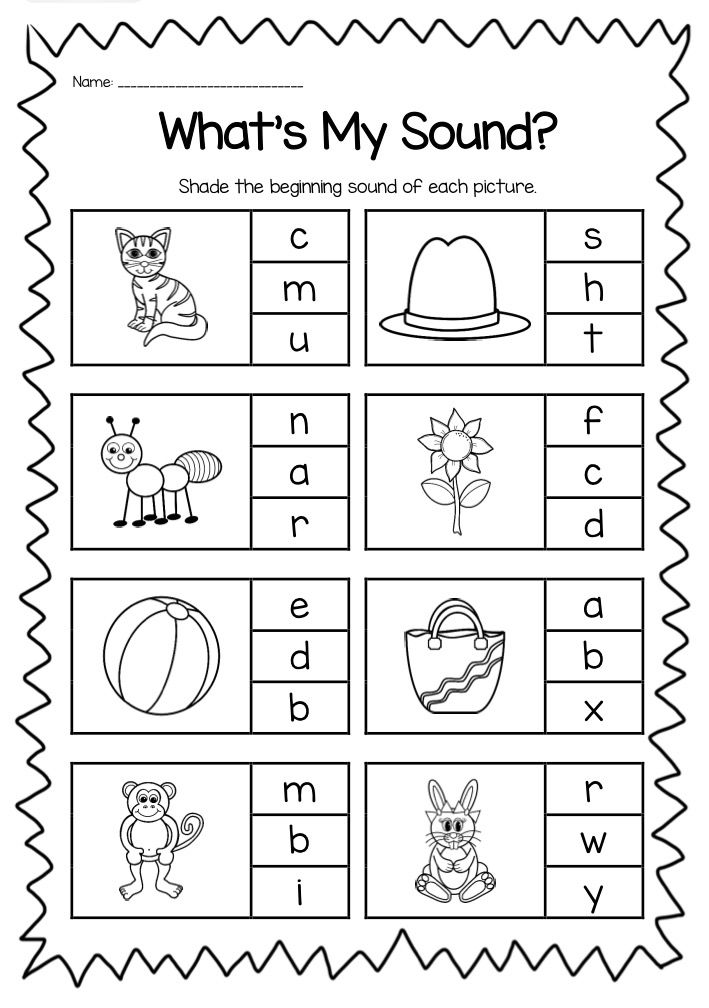 With the help of these simple tools was built the first Russian fleet. (Slide) The king himself masterfully mastered the profession carpenter and built ships along with everyone else. We are also building today with you our small fleet.
With the help of these simple tools was built the first Russian fleet. (Slide) The king himself masterfully mastered the profession carpenter and built ships along with everyone else. We are also building today with you our small fleet.
- What is a profession?
- Profession - type of work activity person requiring special training. nine0003
Physical Minute
- Let's show you how carpenters work.
"Carpenter"
White sawdust is flying, (children in pairs they “saw” with a saw)
They fly from under the saw.
This is a carpenter doing (drawing hands square)
Frames and floors.
Axe, planer (depict work with an ax, planer)
Planes planks.
Made window sills (shake off "sawdust" from hands and clothes)
No hitch.
- Think about other professions, name which begins with the sounds [n] and [n '] (in pairs).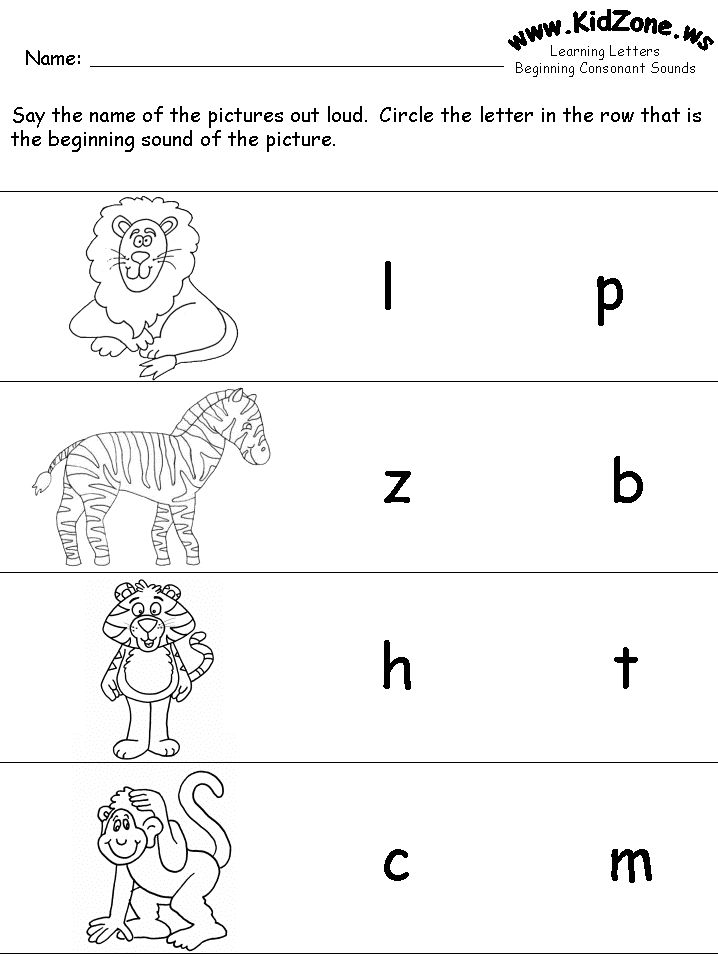
Cook
Pilot
Postman
Singer
Seller
Port
hairdresser
9000 the soft-hard game. On the right is Tim's team, on the left is the volume command. I will show a drawing and name a profession. If sound [p] - Tom's team gets up, [p '] - Tim. nine0005(Pilot, cook, postman, fireman, singer, seller, tailor, hairdresser)
3) Acquaintance with the letters P p. [n] and [n'] in writing?
(letter pe)
- Why are there two of them?
- Your next task is to learn all about the letter P.
- What does the letter P look like?
Suitable gates.
Come in, who cares! (G. Vieru)
Hockey, football
The letter P is the gate in the field. (V. Stepanov)
Climbed on the letter
Mischievous:
He decided,
That P is a horizontal bar. (E. Tarlapan)
- From which elements consists of a printed letter P? (Teacher shows how to write a letter)
- Print the letter P on the sheets of paper in a cage in size paper, fold the paper in half and write again, fold it in half again and write again.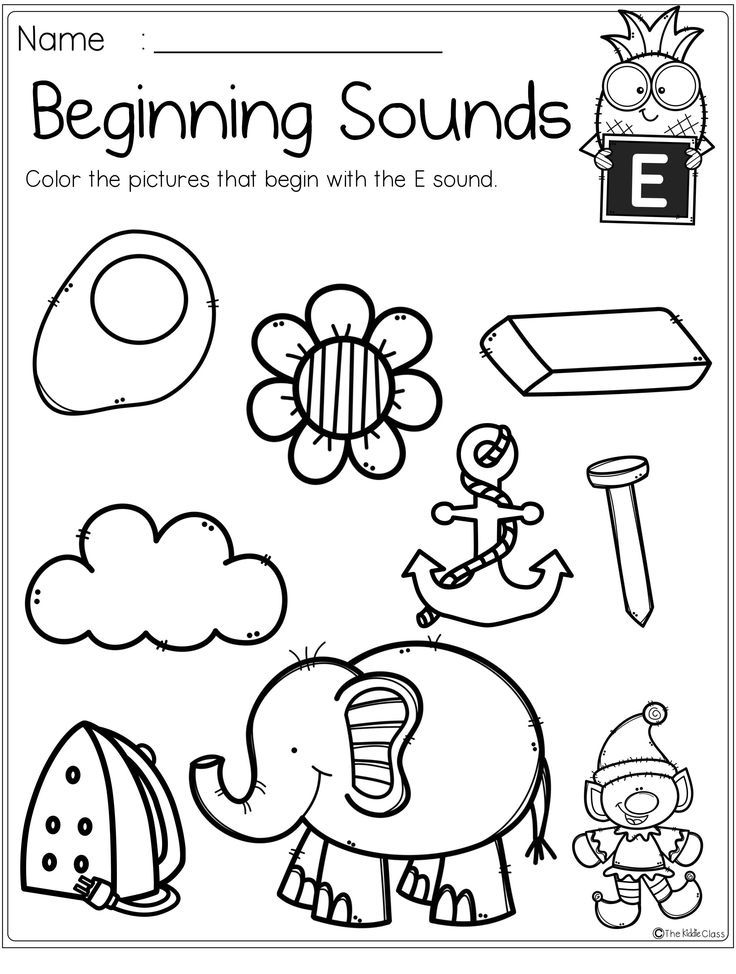
- What is the name of the letter? (Letter P)
- Look where this letter is in the alphabet. nine0005
- Tell us all about the letter P.
(Consonant, means 2 sounds [p] and [n'])
- Find the place of the letter P on the tape of letters.
(In the blue-green house, on the bottom line, one cell to the left of the letter K)
(The teacher attaches the letter on the tape of letters)
- You get another boat with a letter.
- So, we studied the sounds, got acquainted with the letter. What shall we do next?
(We will read syllables, words and sentences with the letter P)
4) Reading syllables and words with the letter P.
- What is the difference between the syllables in the first and second columns?
(First column - merges, read while looking to a vowel; in the second column - the vowel in the first place, we add to it consonant)
Screen Reader:
· Chorus with normal intonation
Fun
· Sad
· With exclamatory intonation
With interrogative intonation
(The teacher opens the words)
- Read the words, read smoothly, syllable by syllable, highlight stressed syllable in voice.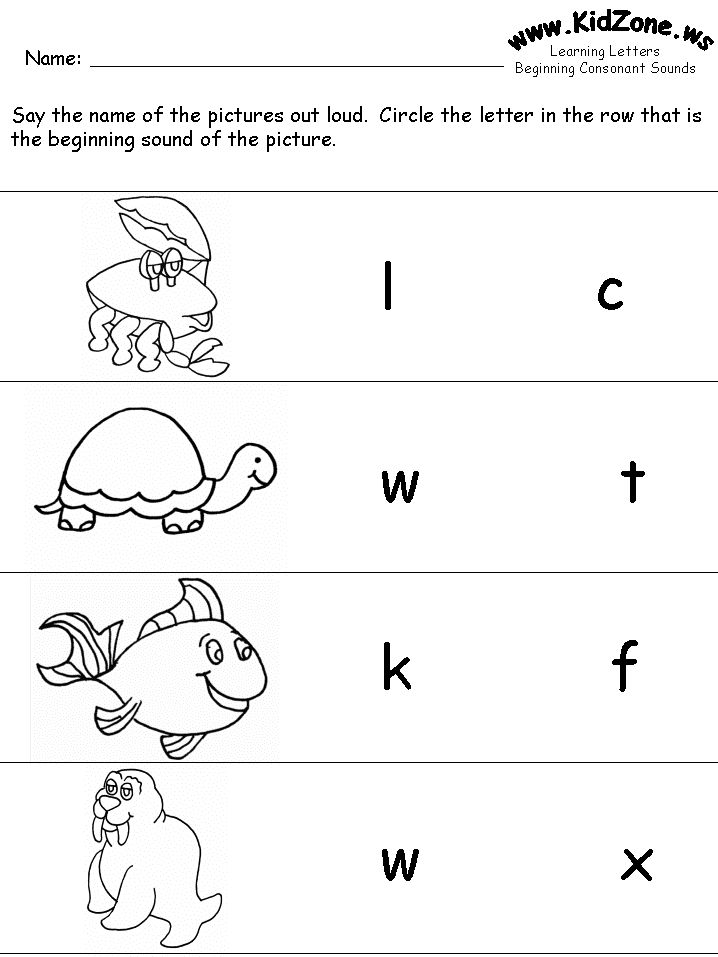
- Are all the words understood?
- Write a sentence with the word pilot.
(Pilot flies the plane. Colin's dad aircraft pilot)
5) Reading the text
-Open the ABC on p. 83. Who's on illustrations?
-Read the text yourself, buzzing reading.
- What is the name of the chef? (Chefs name is Elena Petrovna)
- What does the cook Elena Petrovna cook? (Elena Petrovna cooks soup)
-What happens to the soup? (Soup boils)
- Read the text aloud.
- For reading activity you get another ship.
| nine0589 | |
6) Work in pairs. Making a word from letters.
- You earned 4 boats with 4 letters on them. Work in pairs, make up a name from these letters.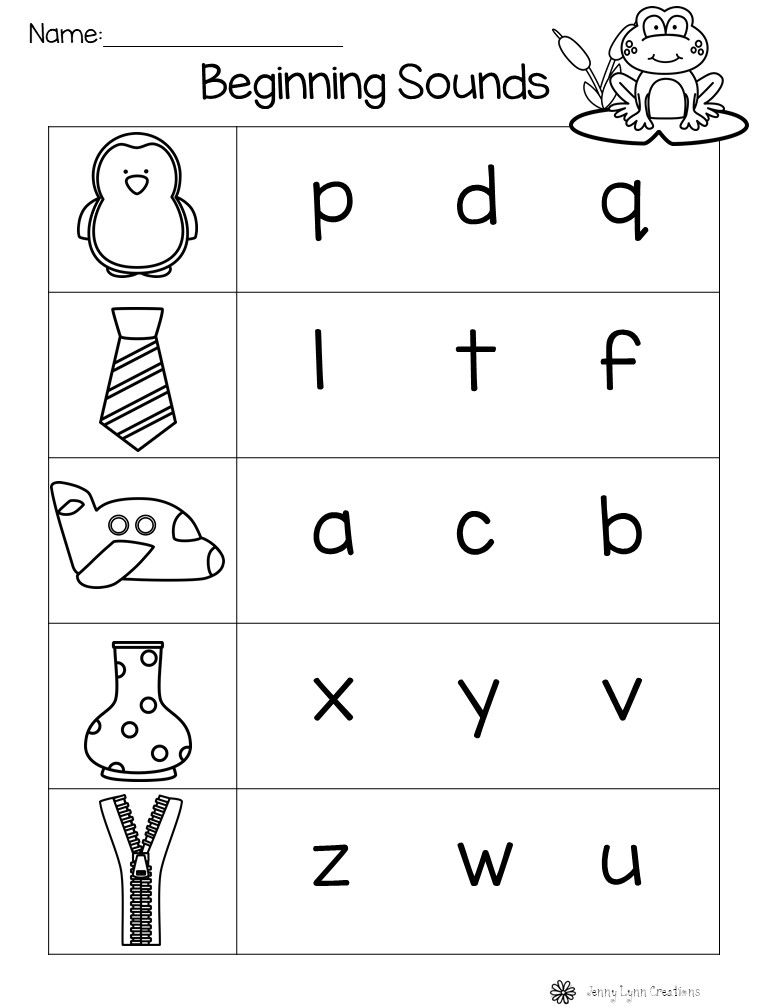
(Children on the desks make up the name Peter)
- What did you get?
- Well done guys, I think the old captain will be pleased you. Let's read his letter. nine0005
Letter captain (continued)
The city of St. Petersburg was founded by the great Russian Tsar Peter 1. I invite all of you guys to this wonderful city on the Neva.
Yours captain
IV . Summary of the lesson.
- And we will sum up the lesson.
- Open the alphabet on p. 78. Consider illustration.
- Who recognized the person in the foreground in blue suit? (Tsar Peter 1)
- What do you call the people in the background? (Carpenters)
- What do carpenters build? (The city of St. Petersburg and the first ships.)
- Is my statement true (if yes, green, no, red)
Letter P - consonant
The letter P stands for one sound [n] (She denotes two sounds [n] and [n'])
Sounds [n] and [n'] deaf
· AT in the words of the captain, St.